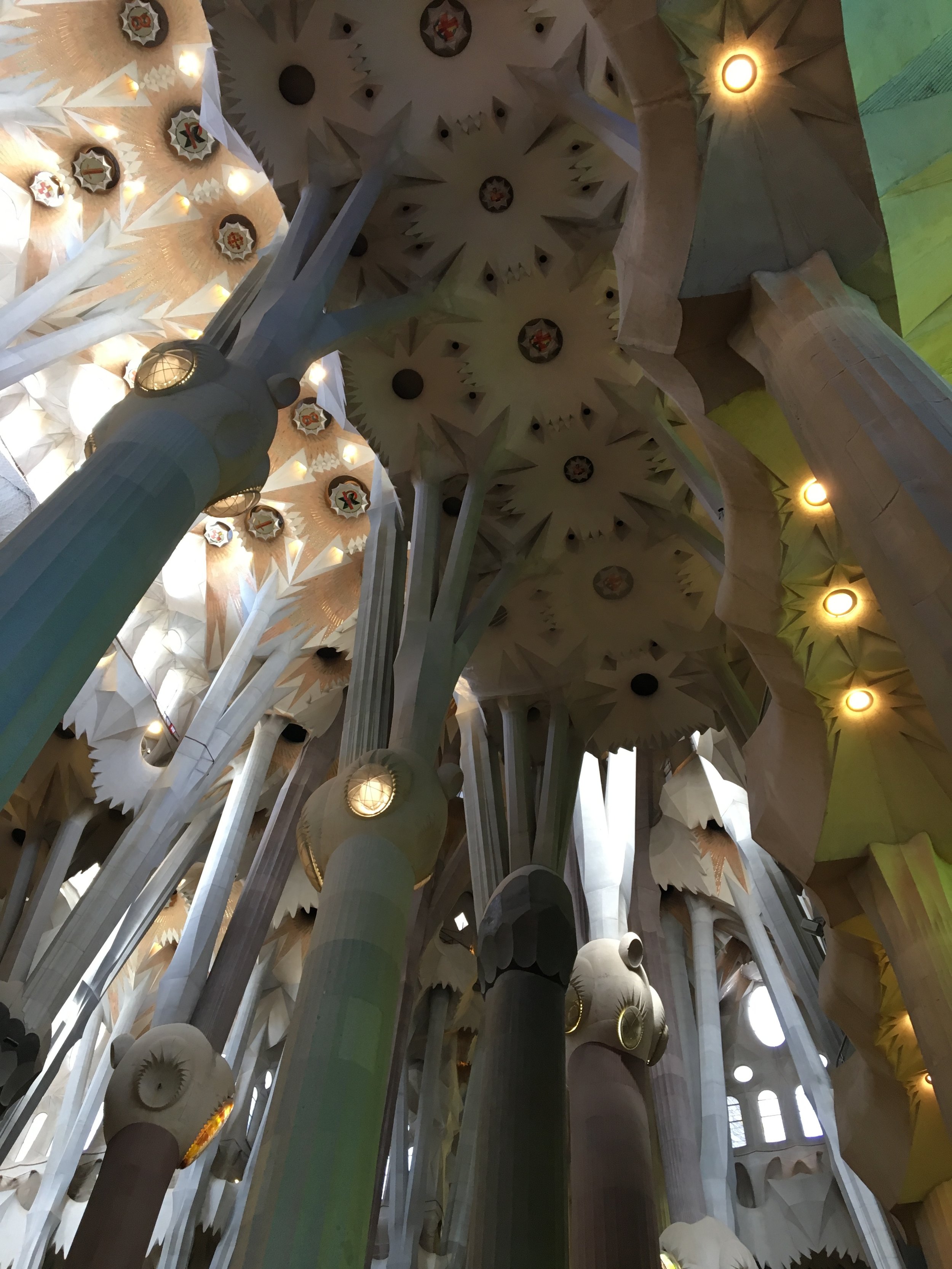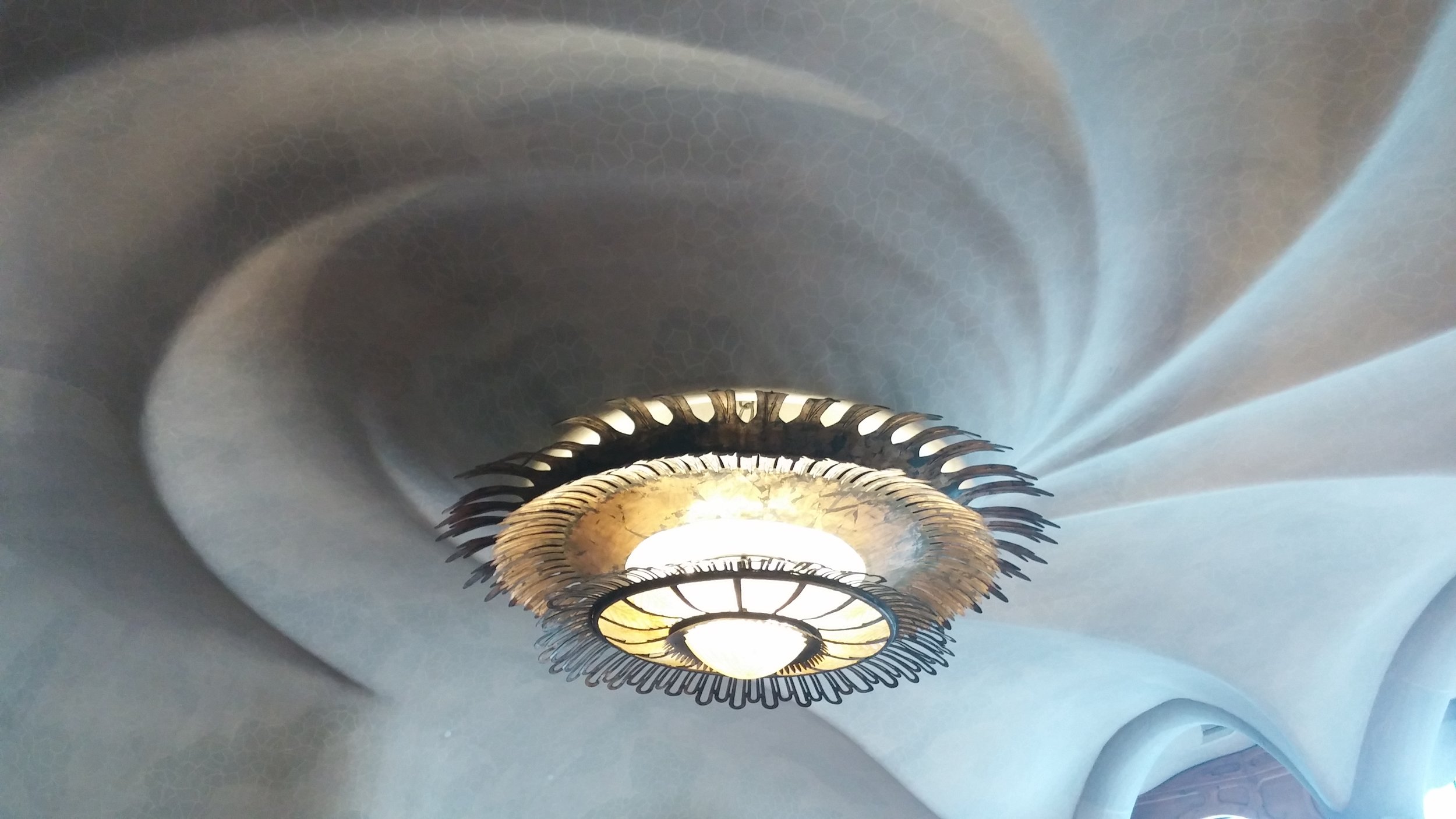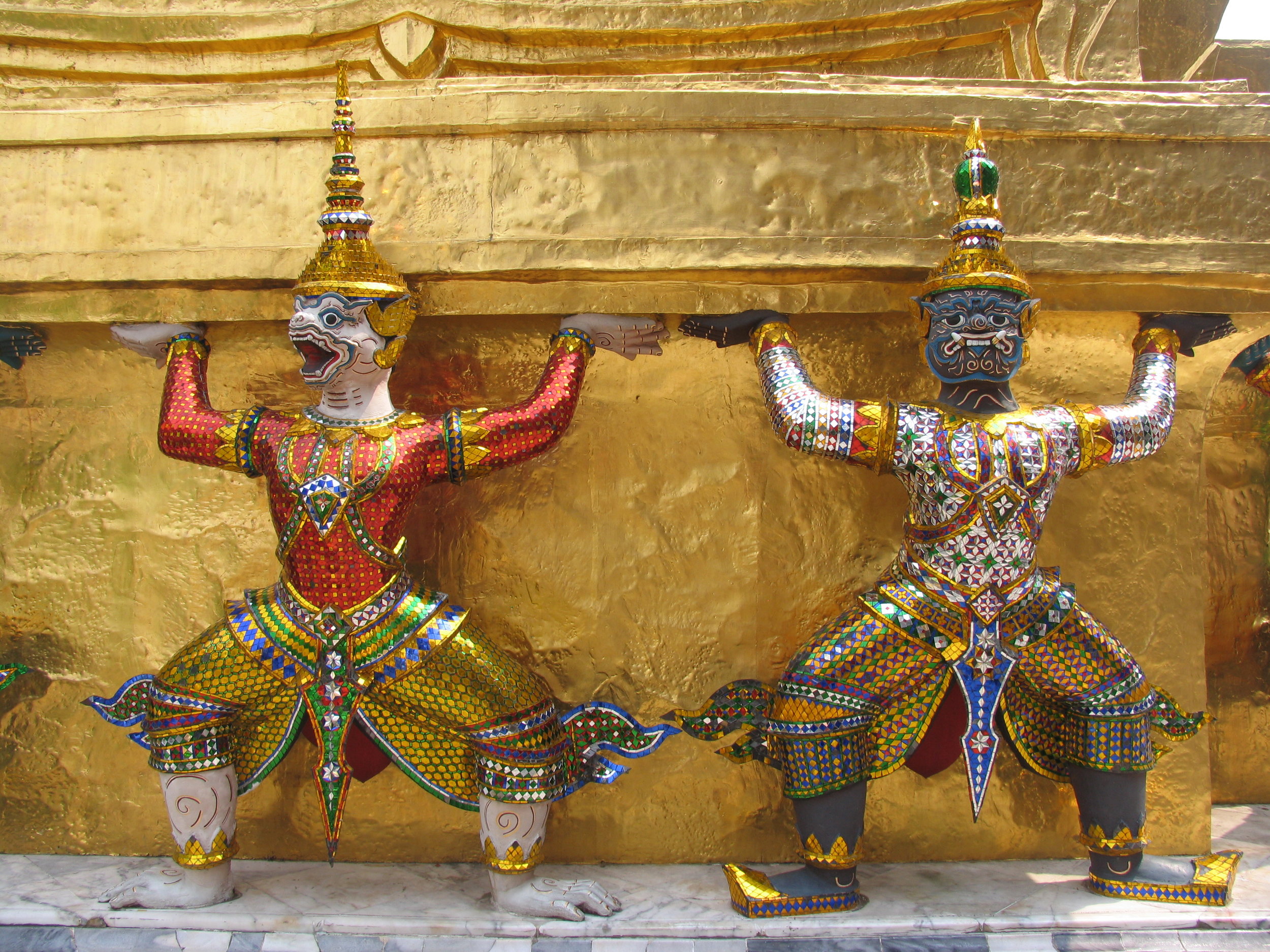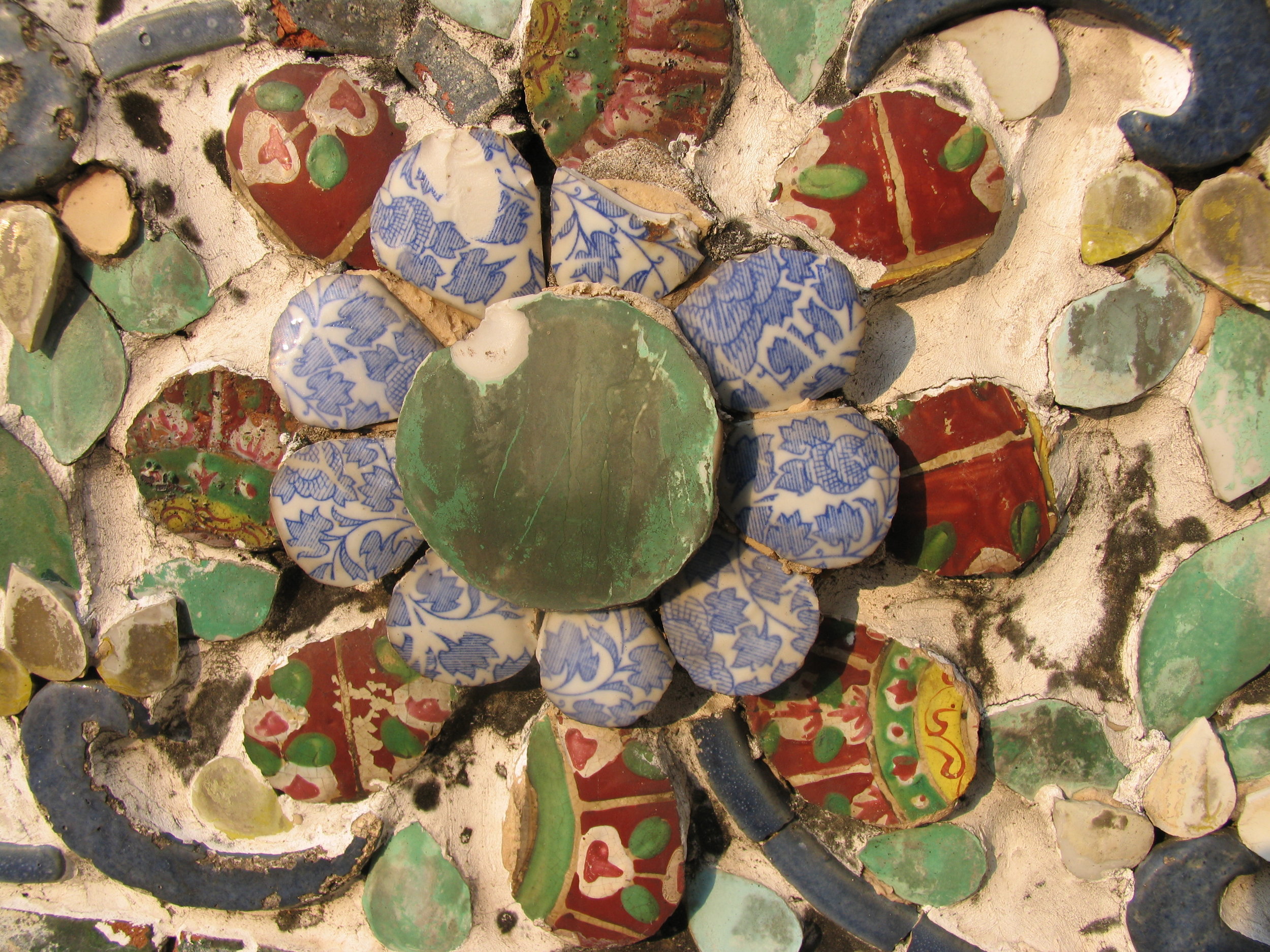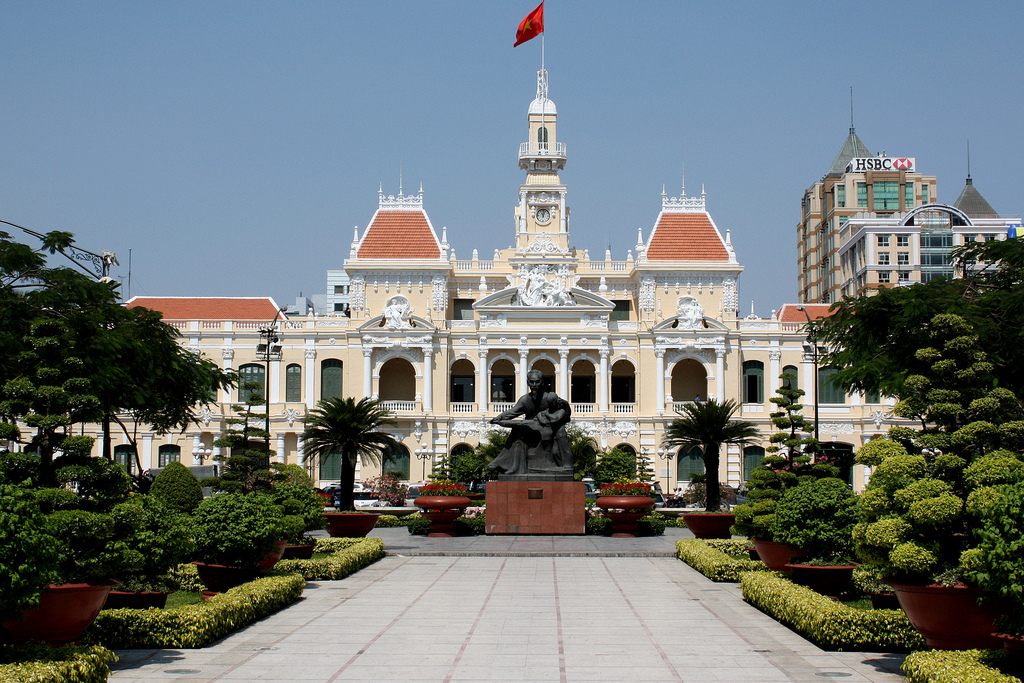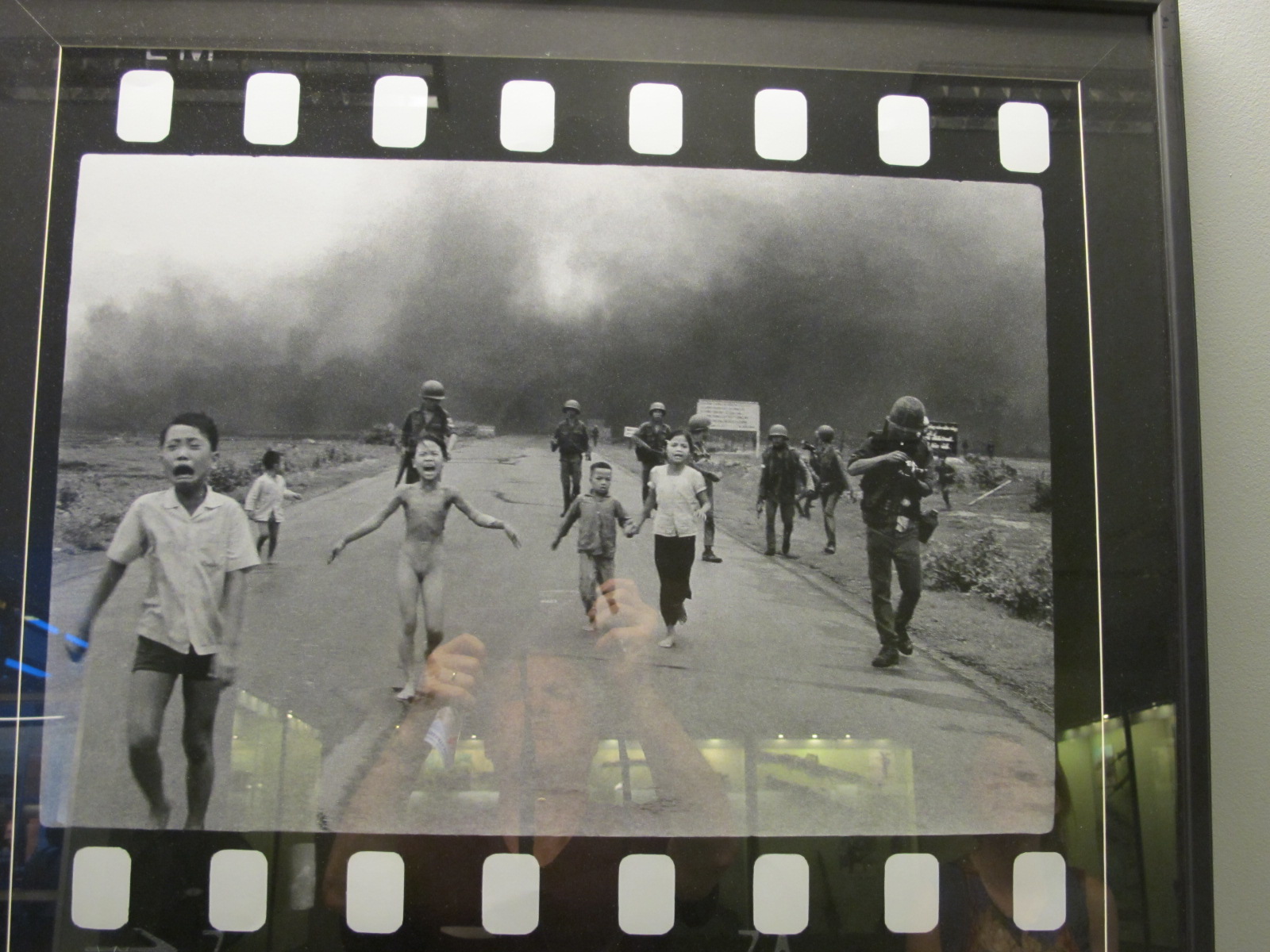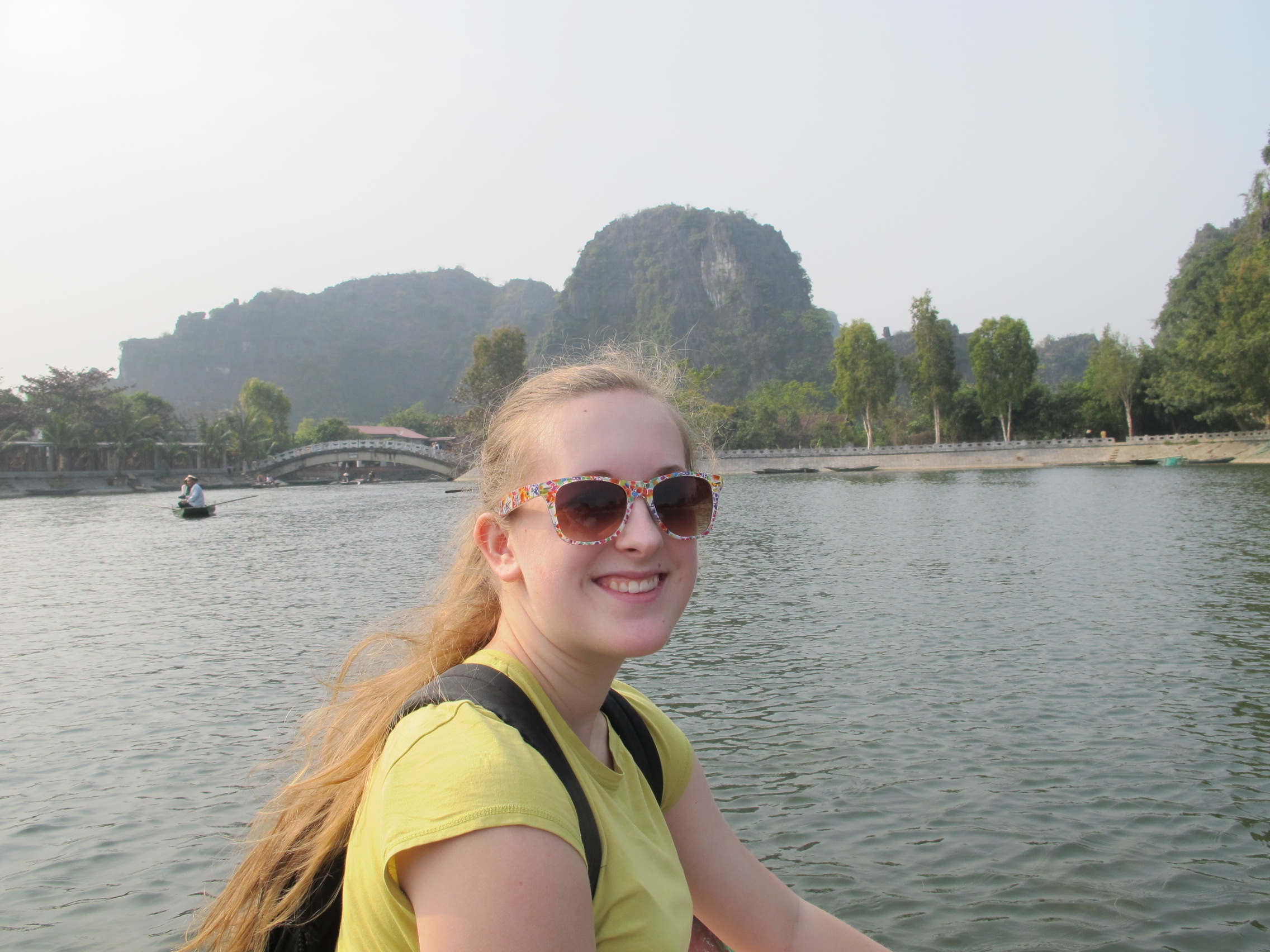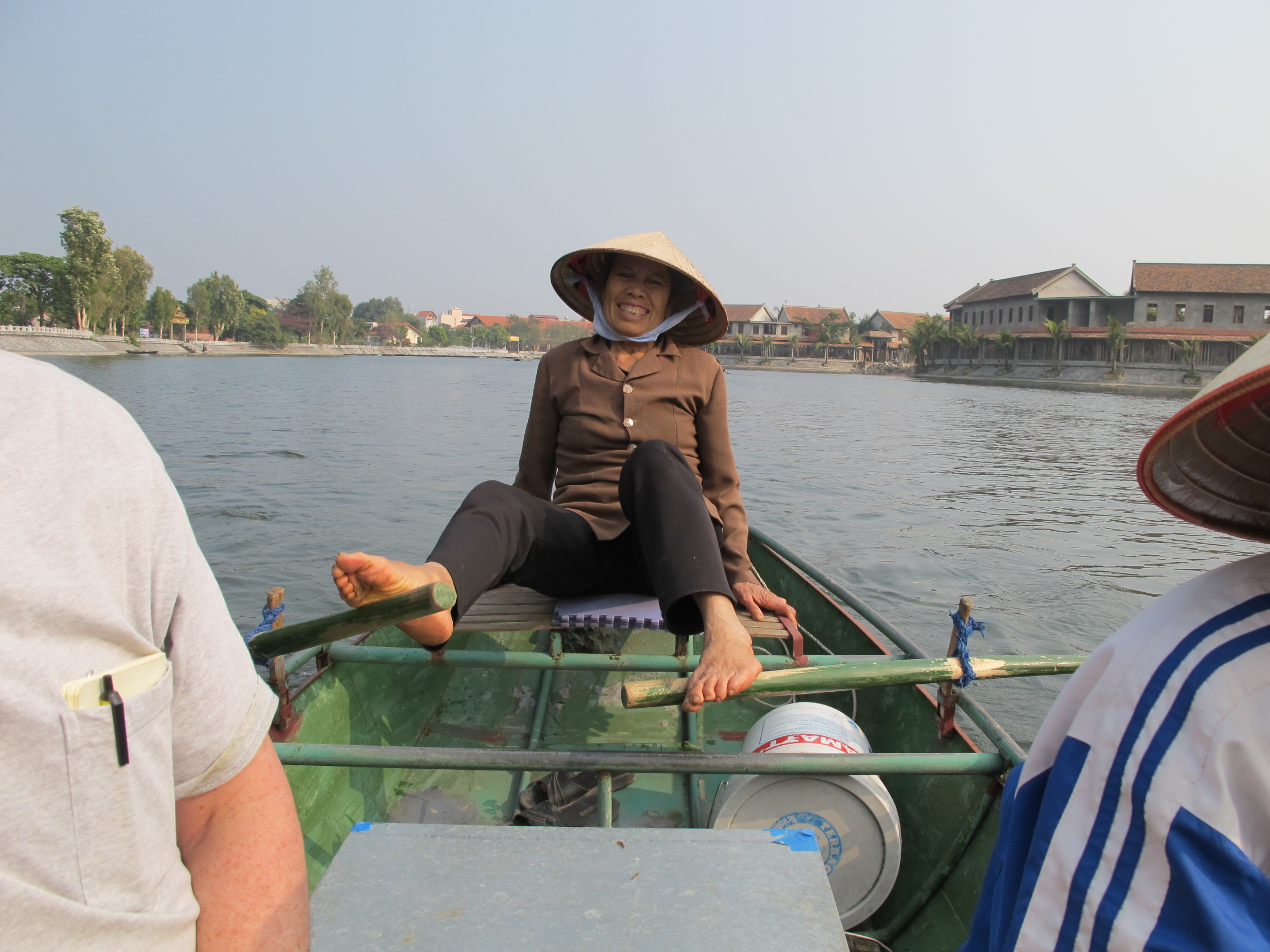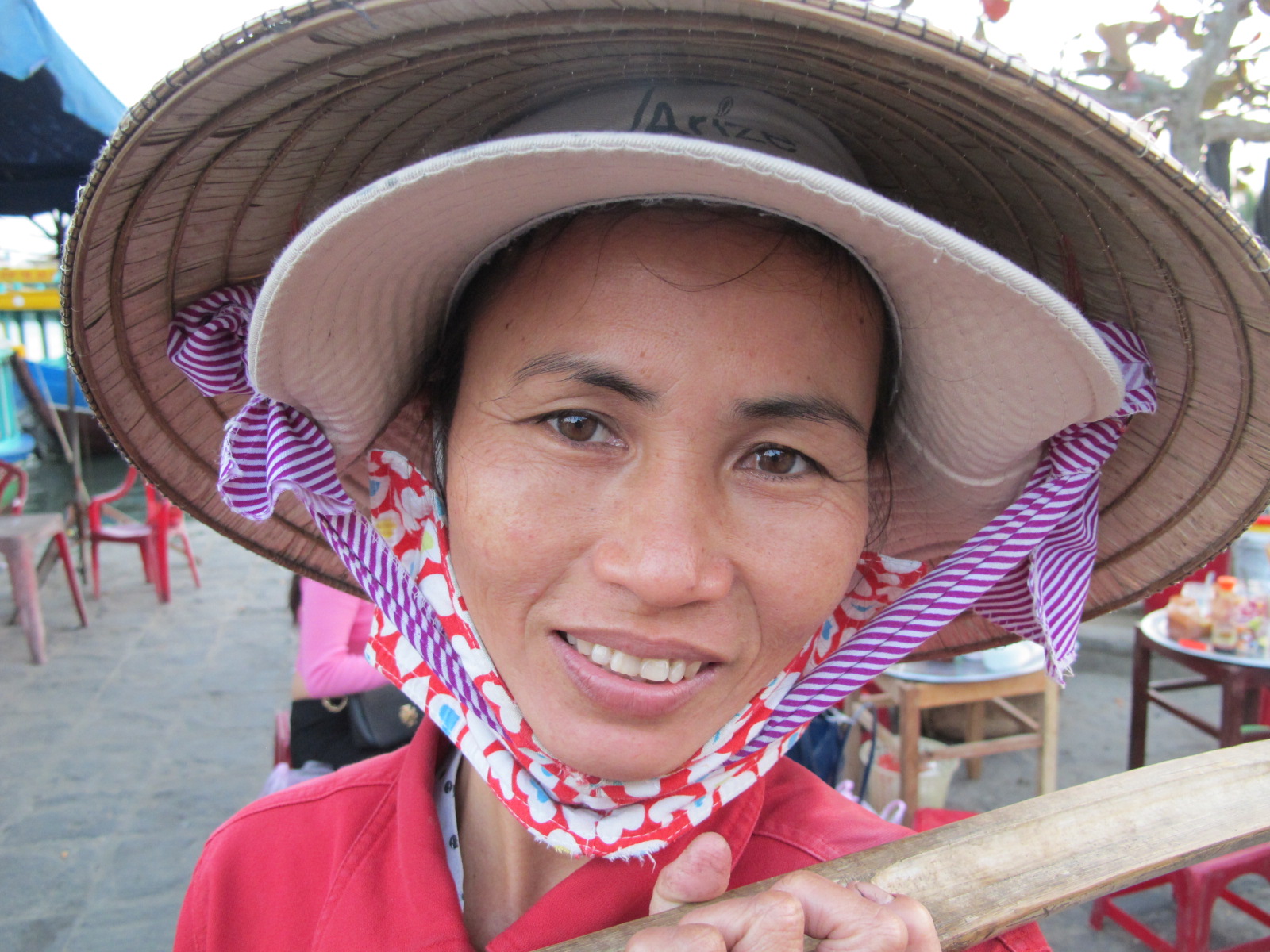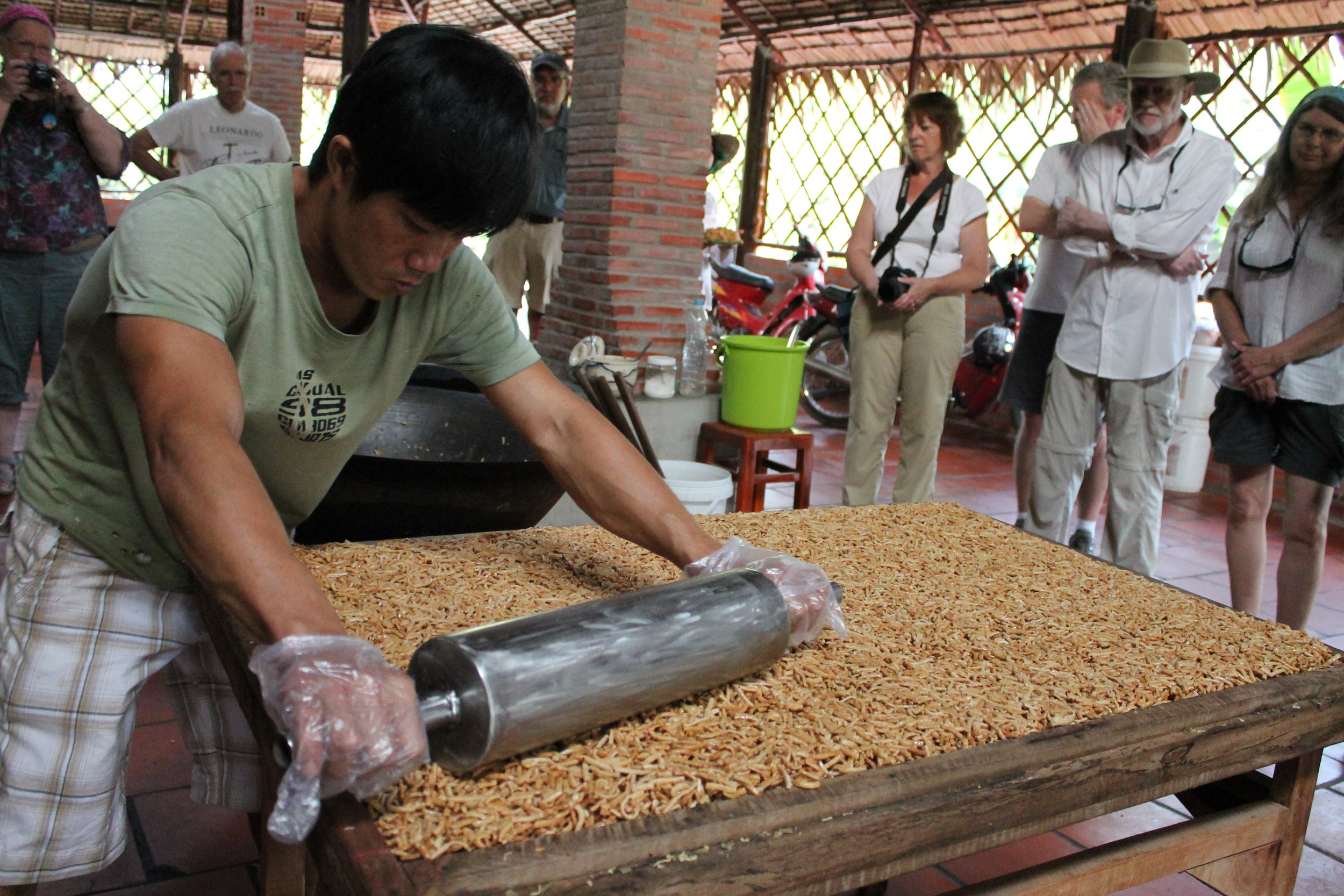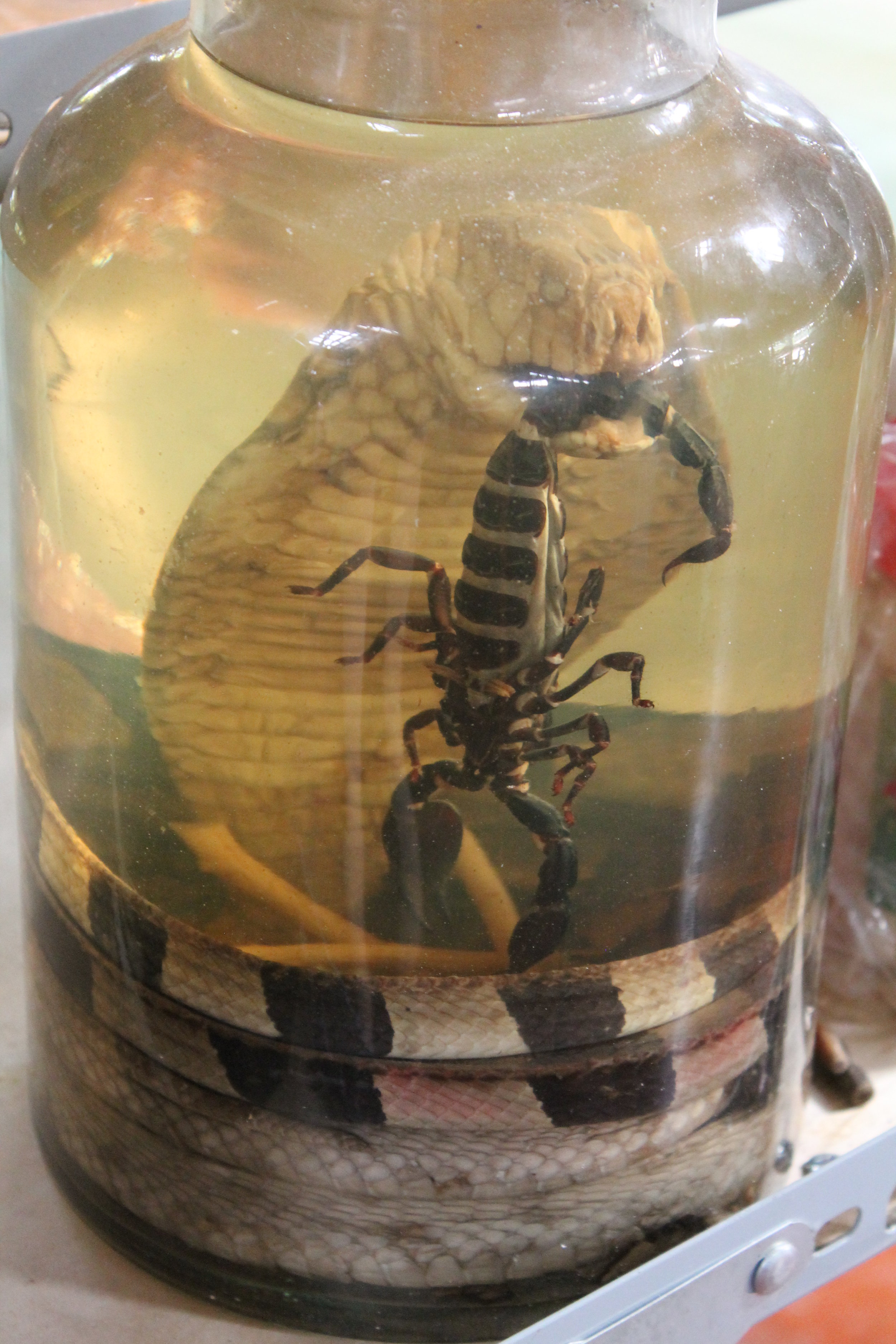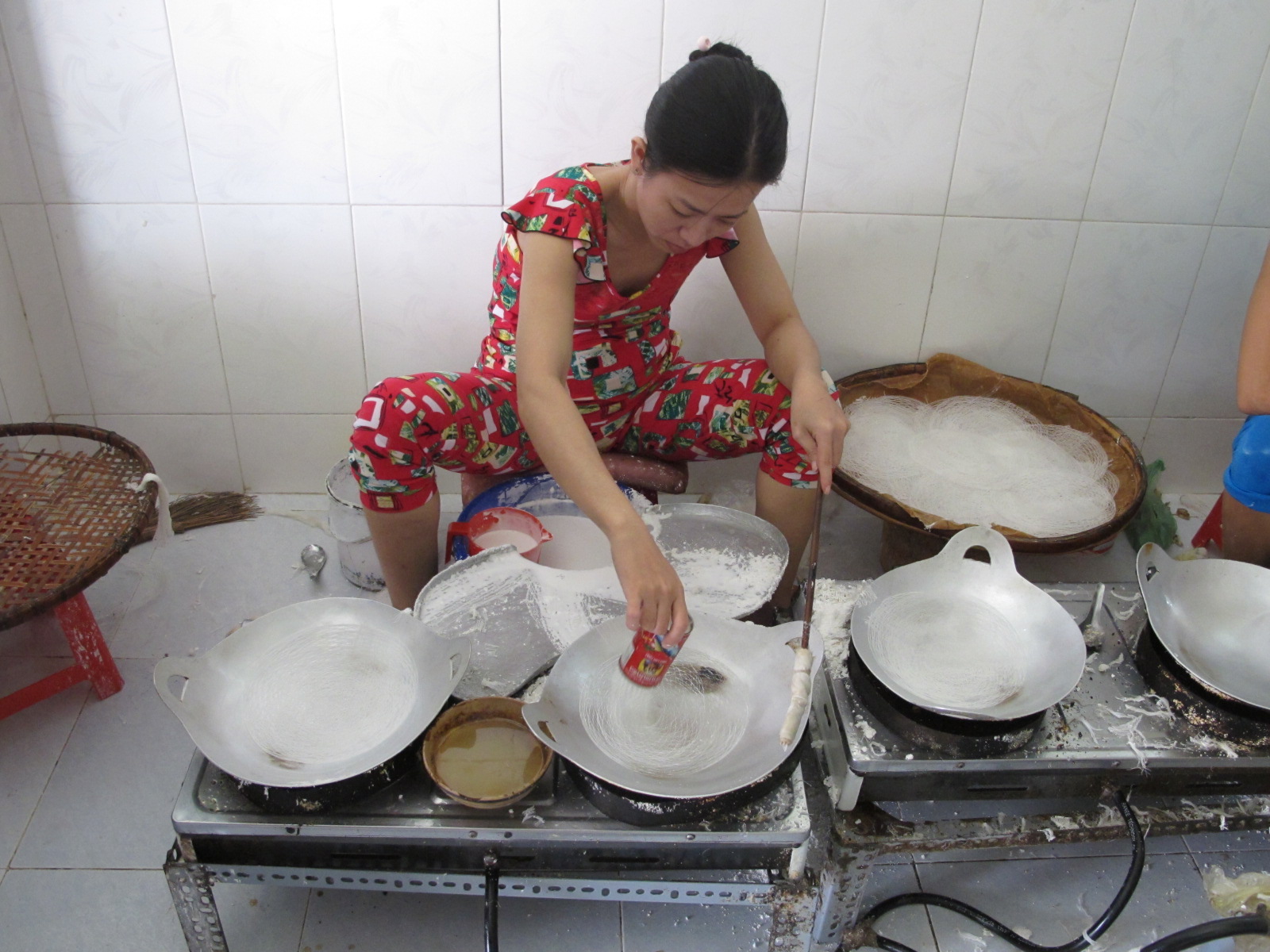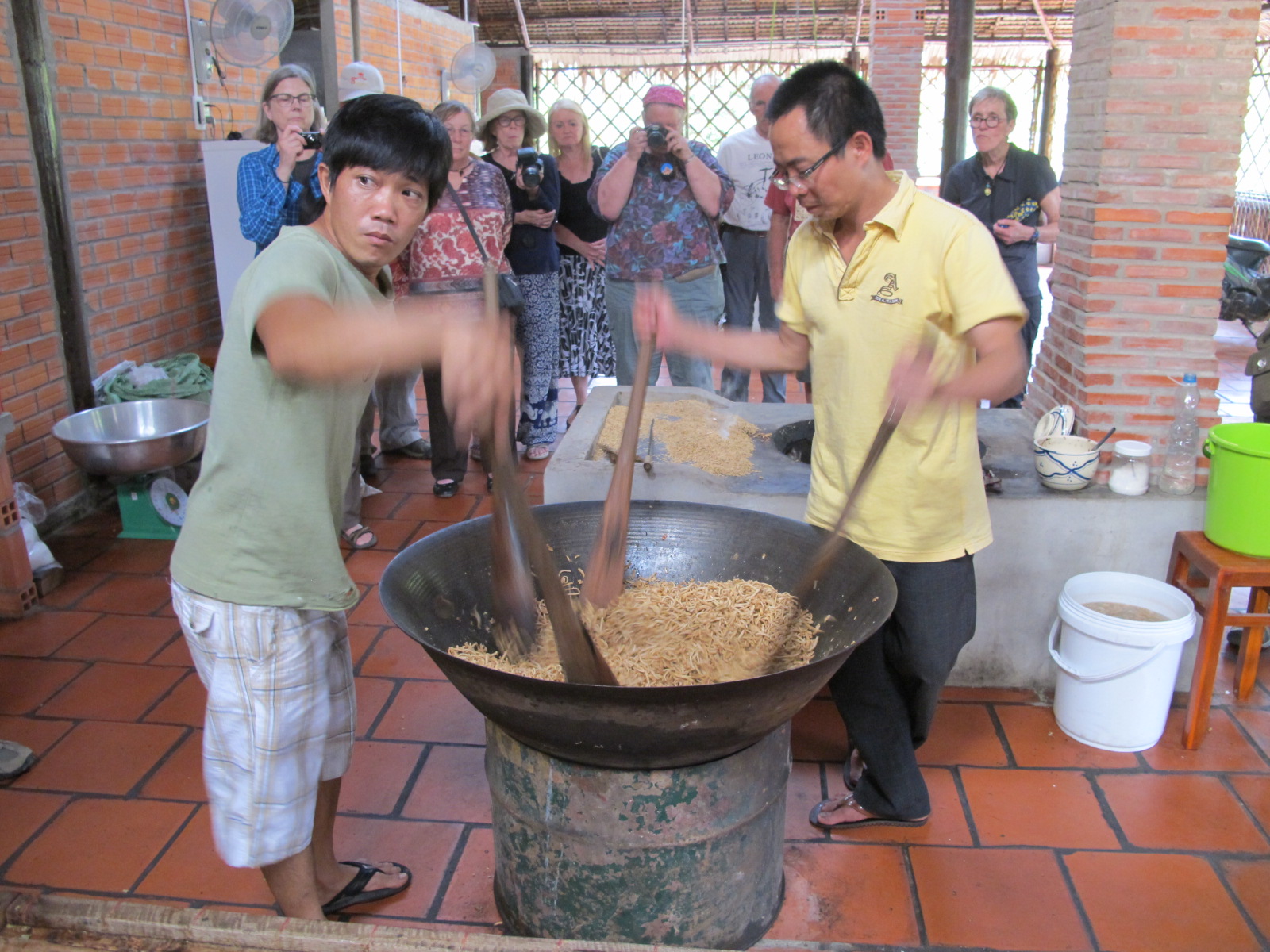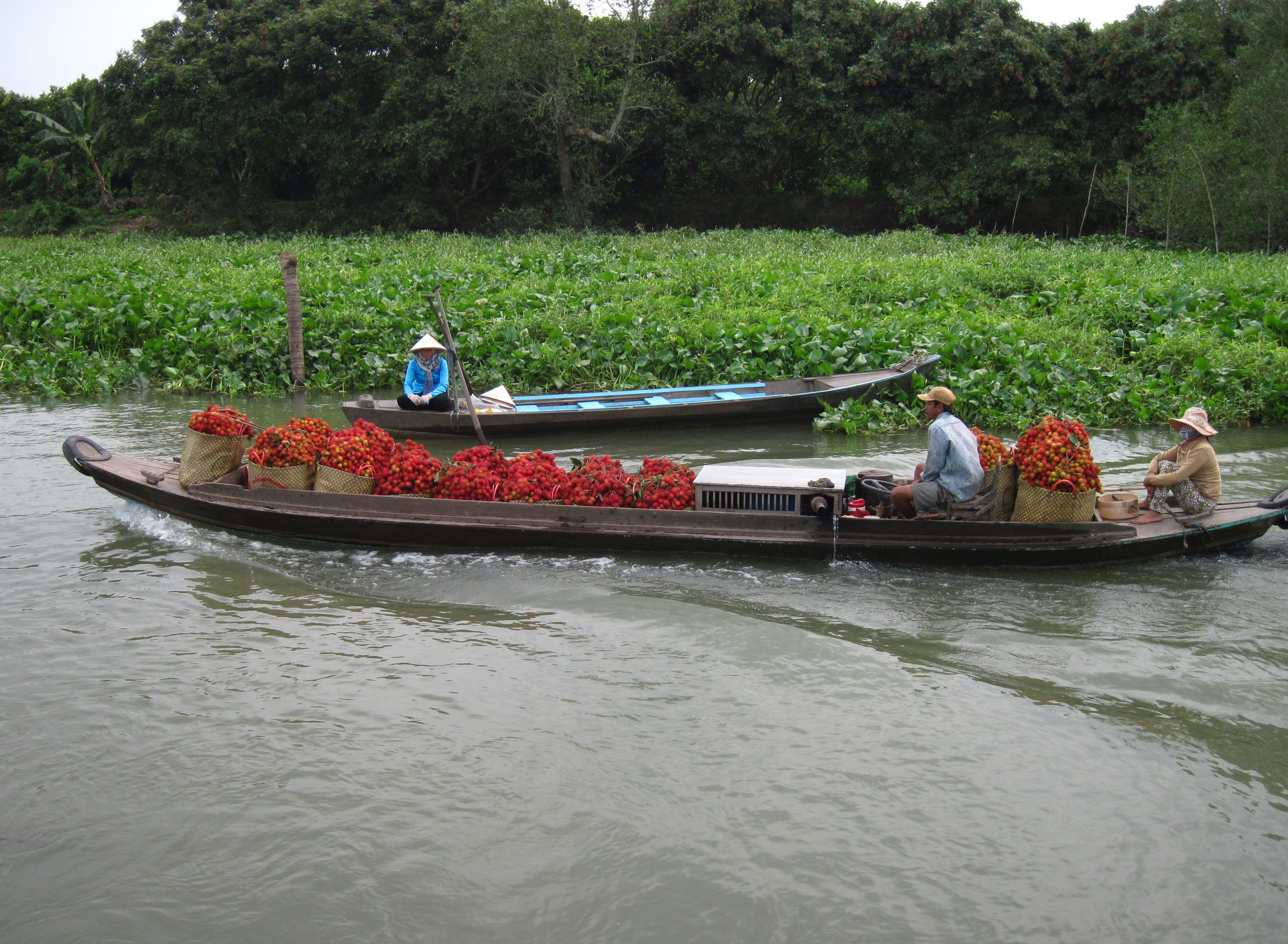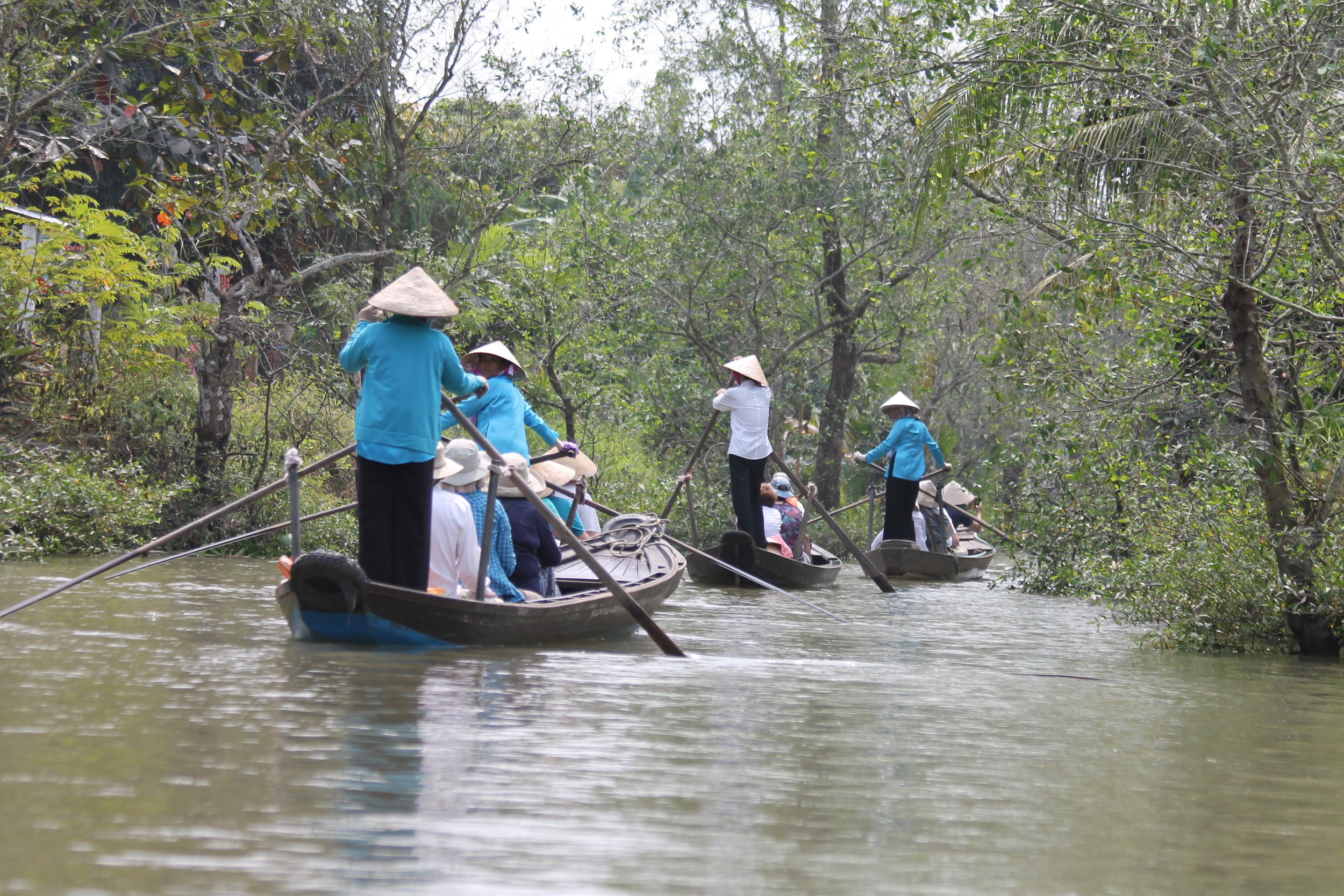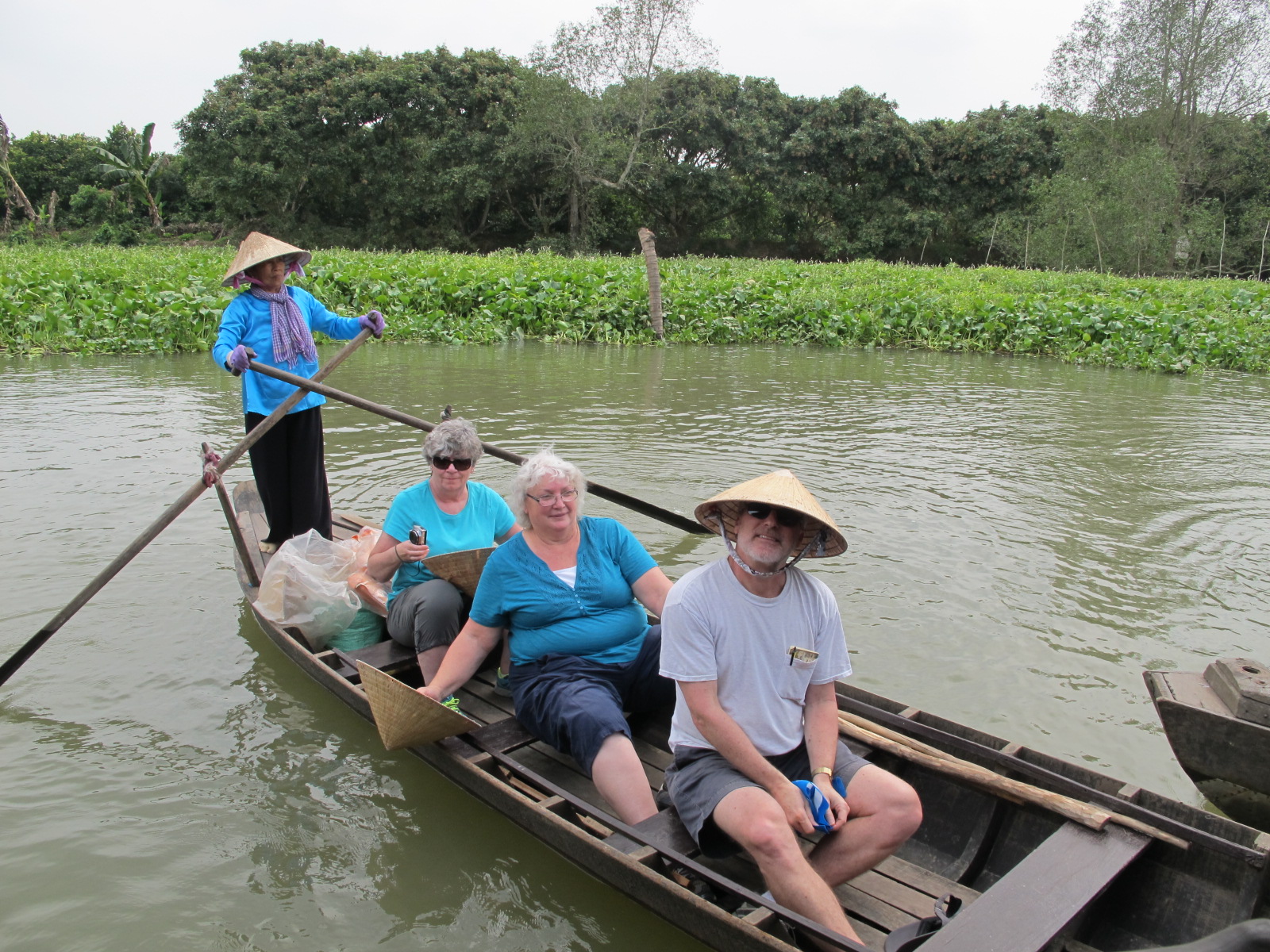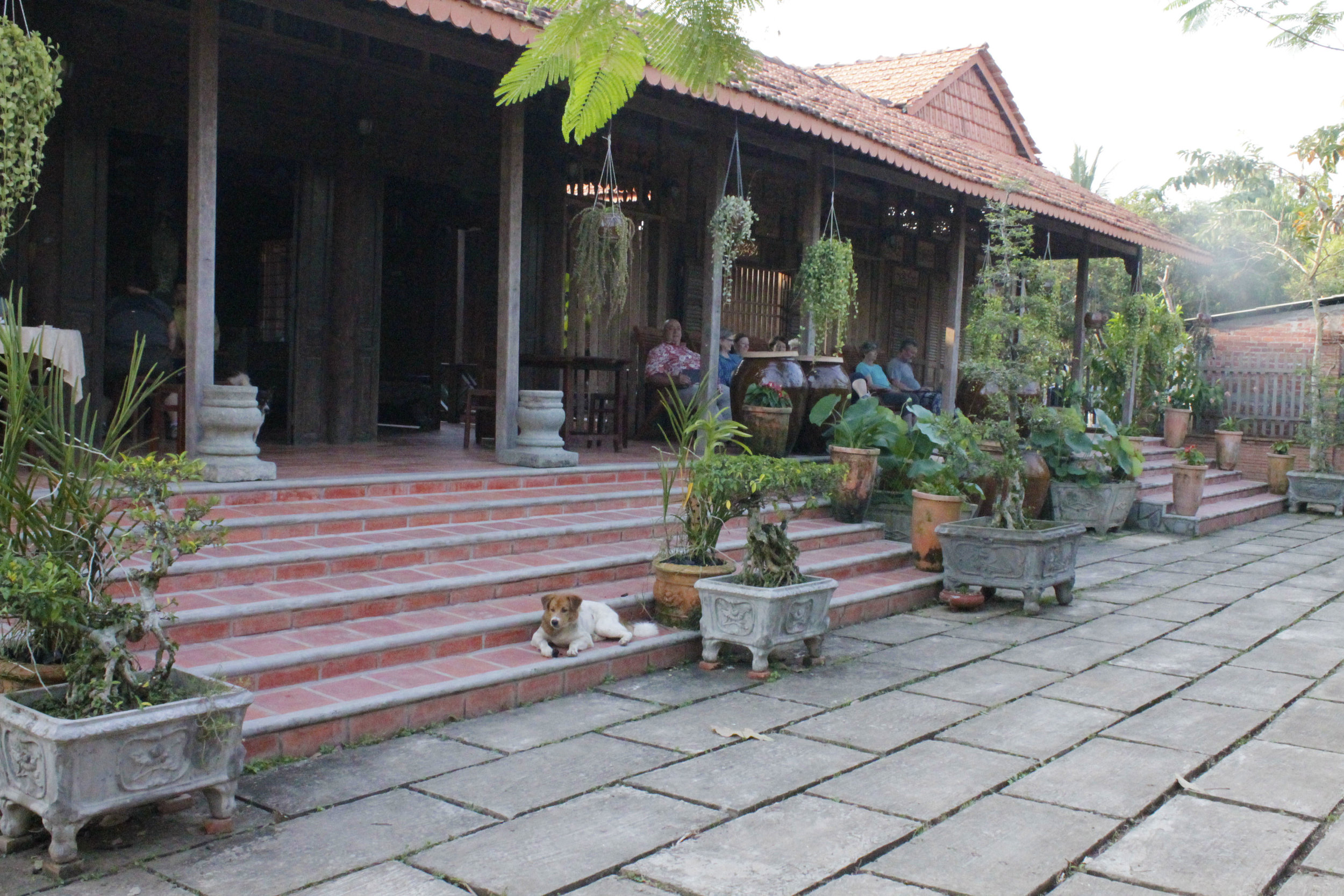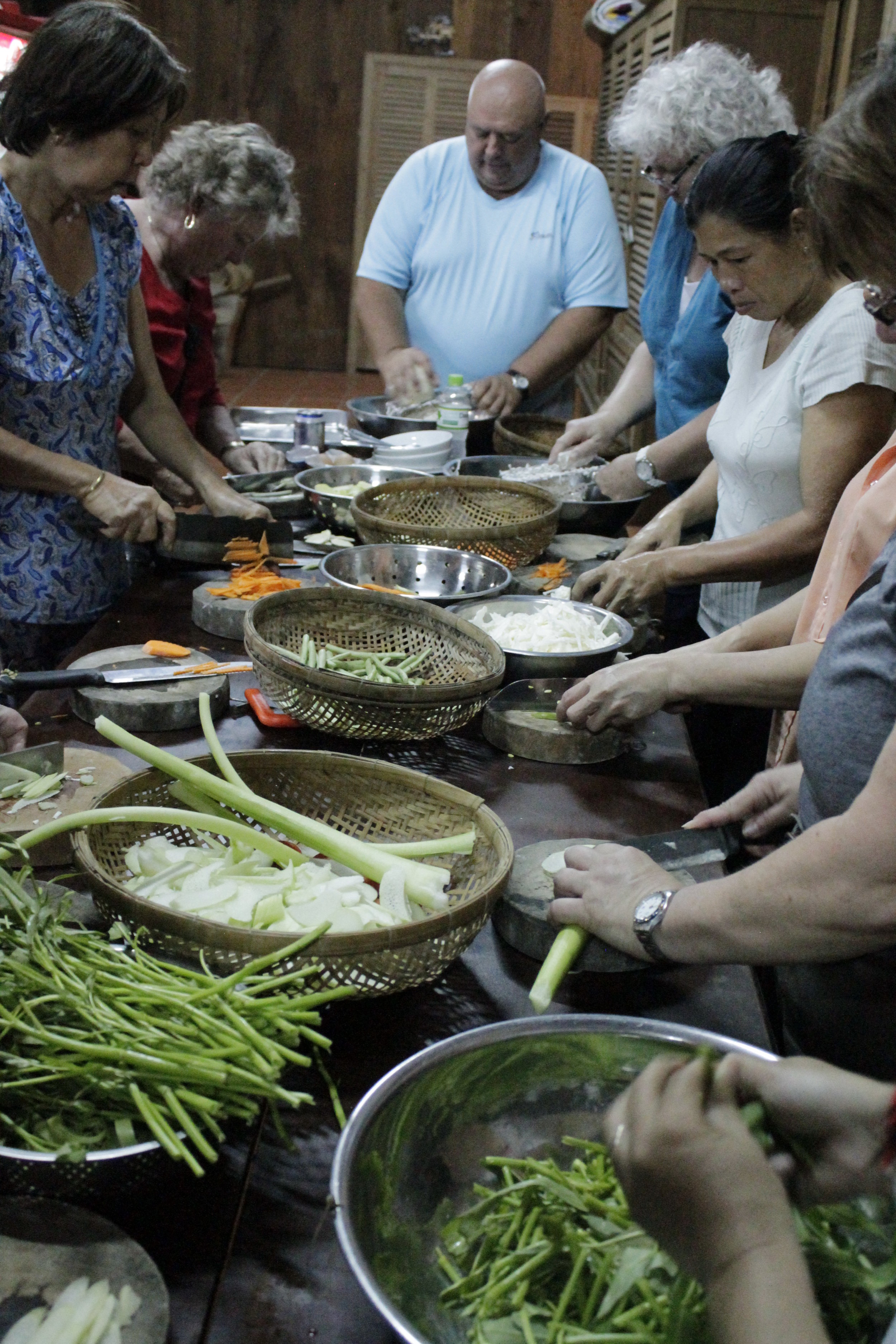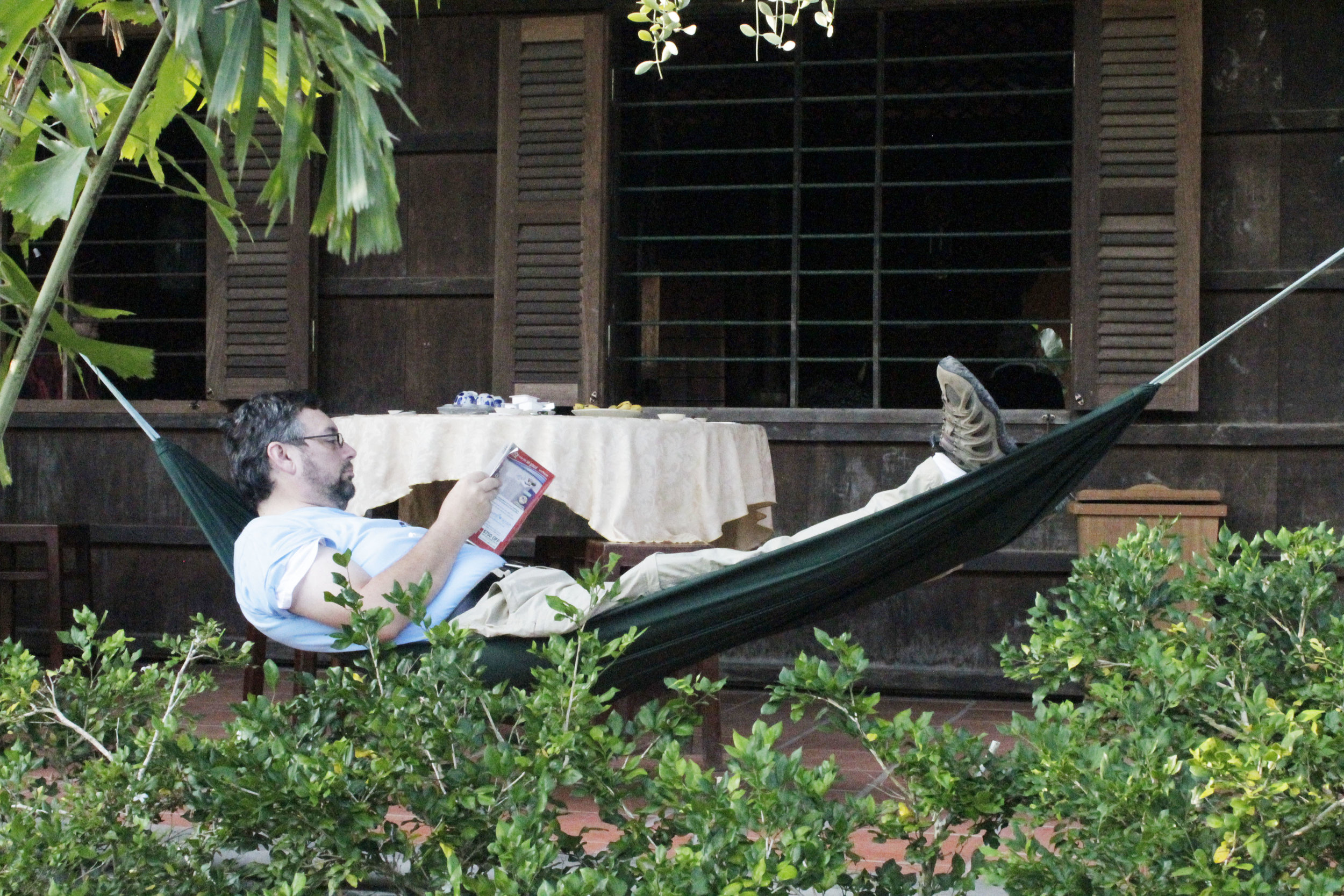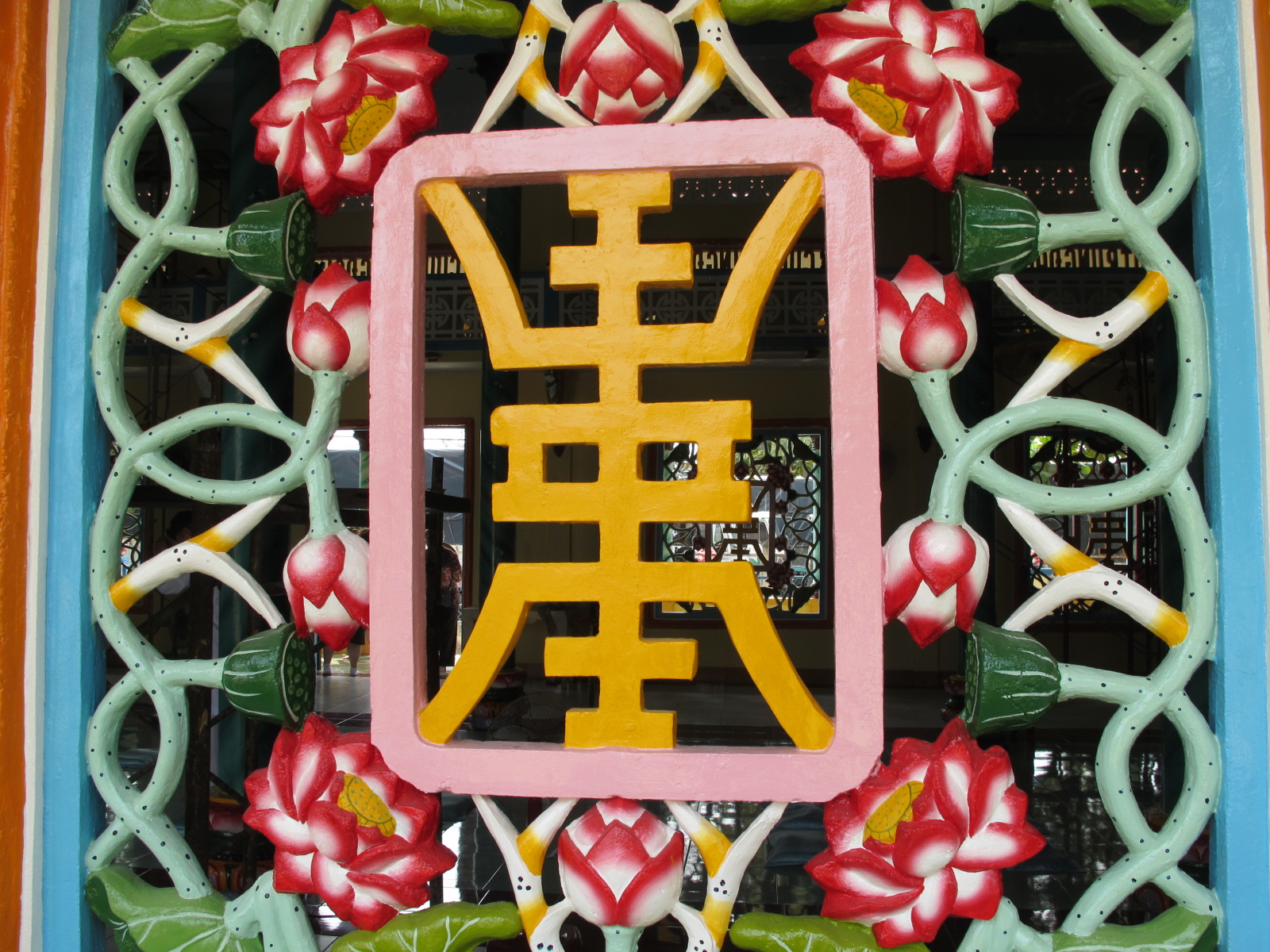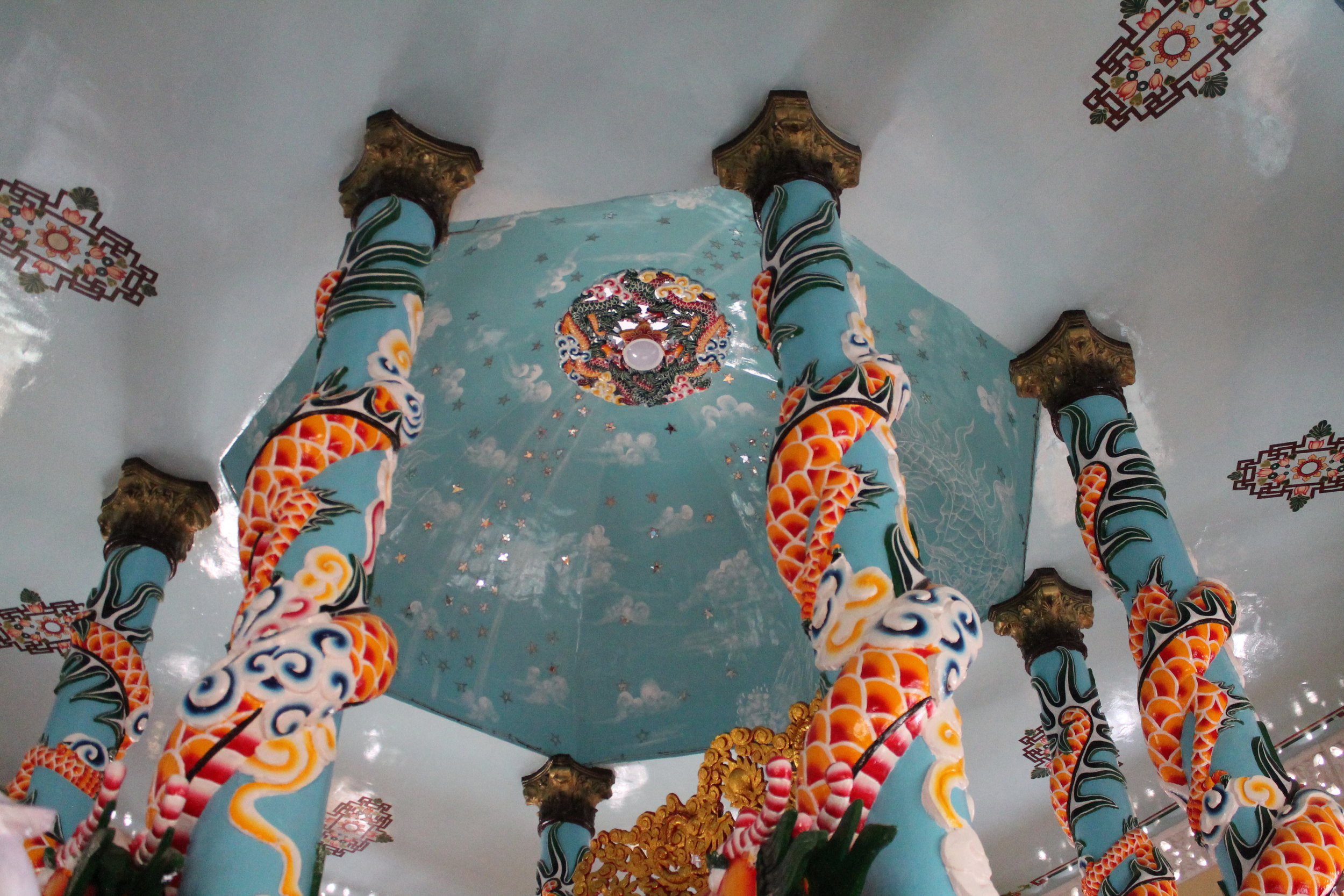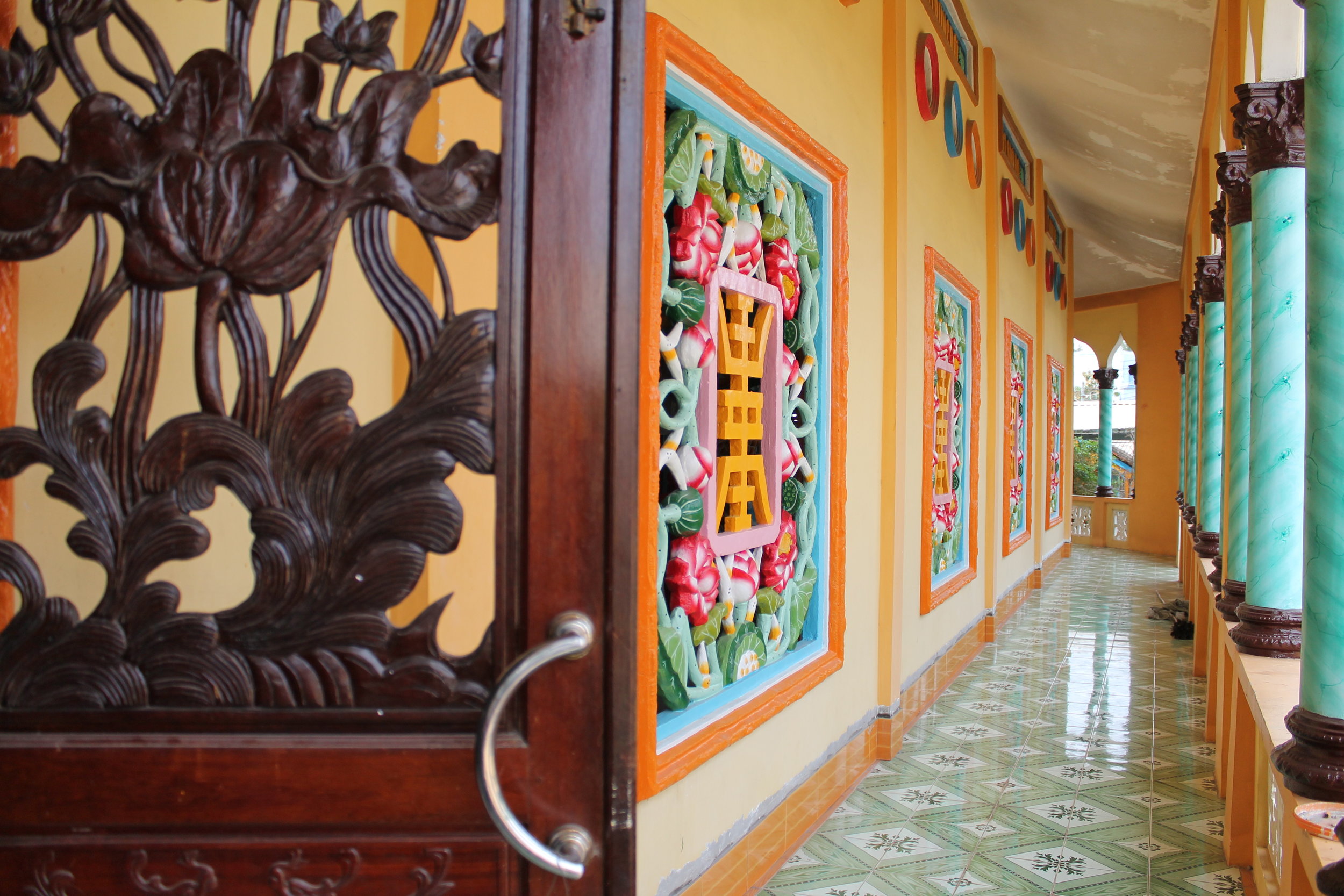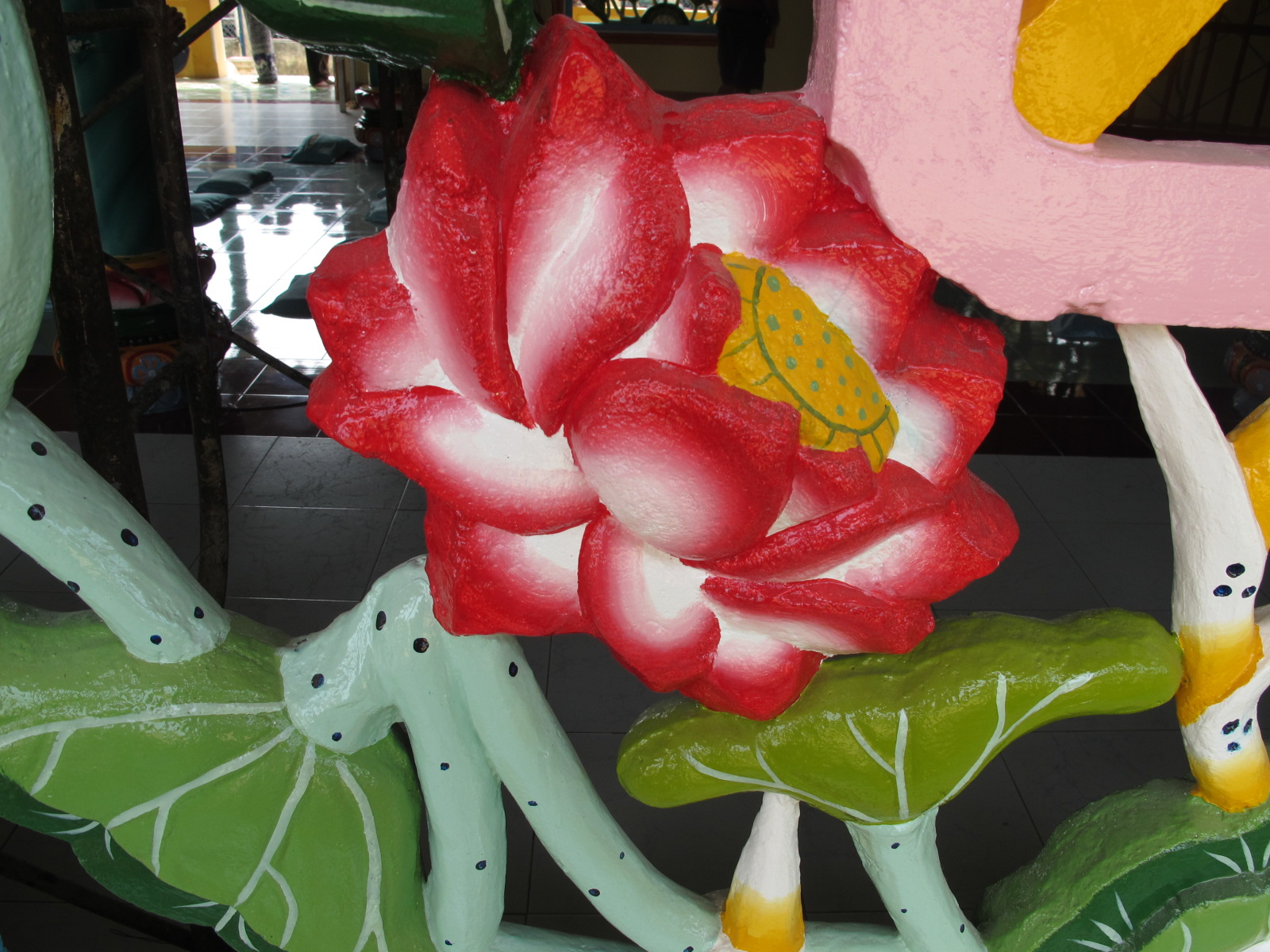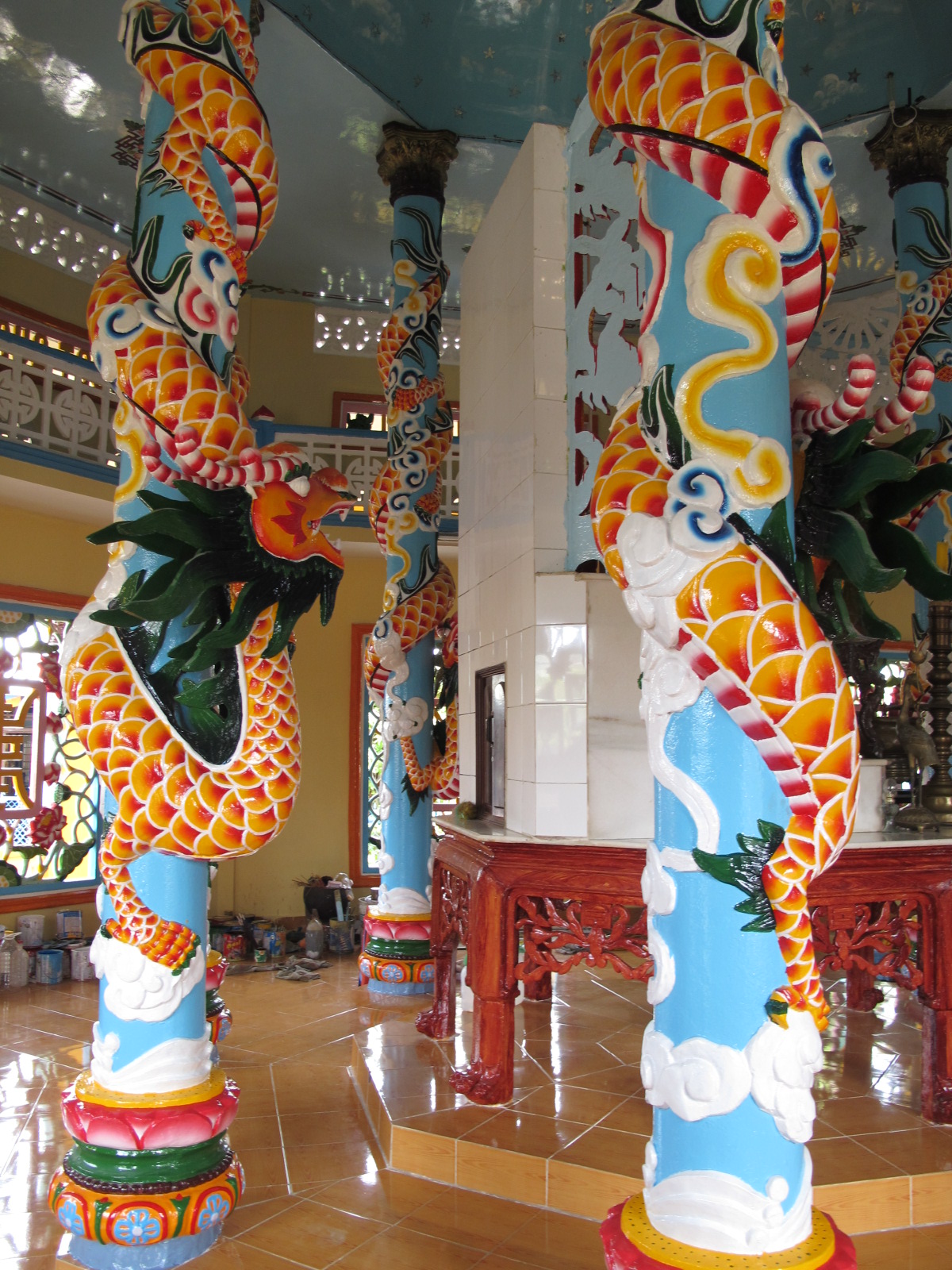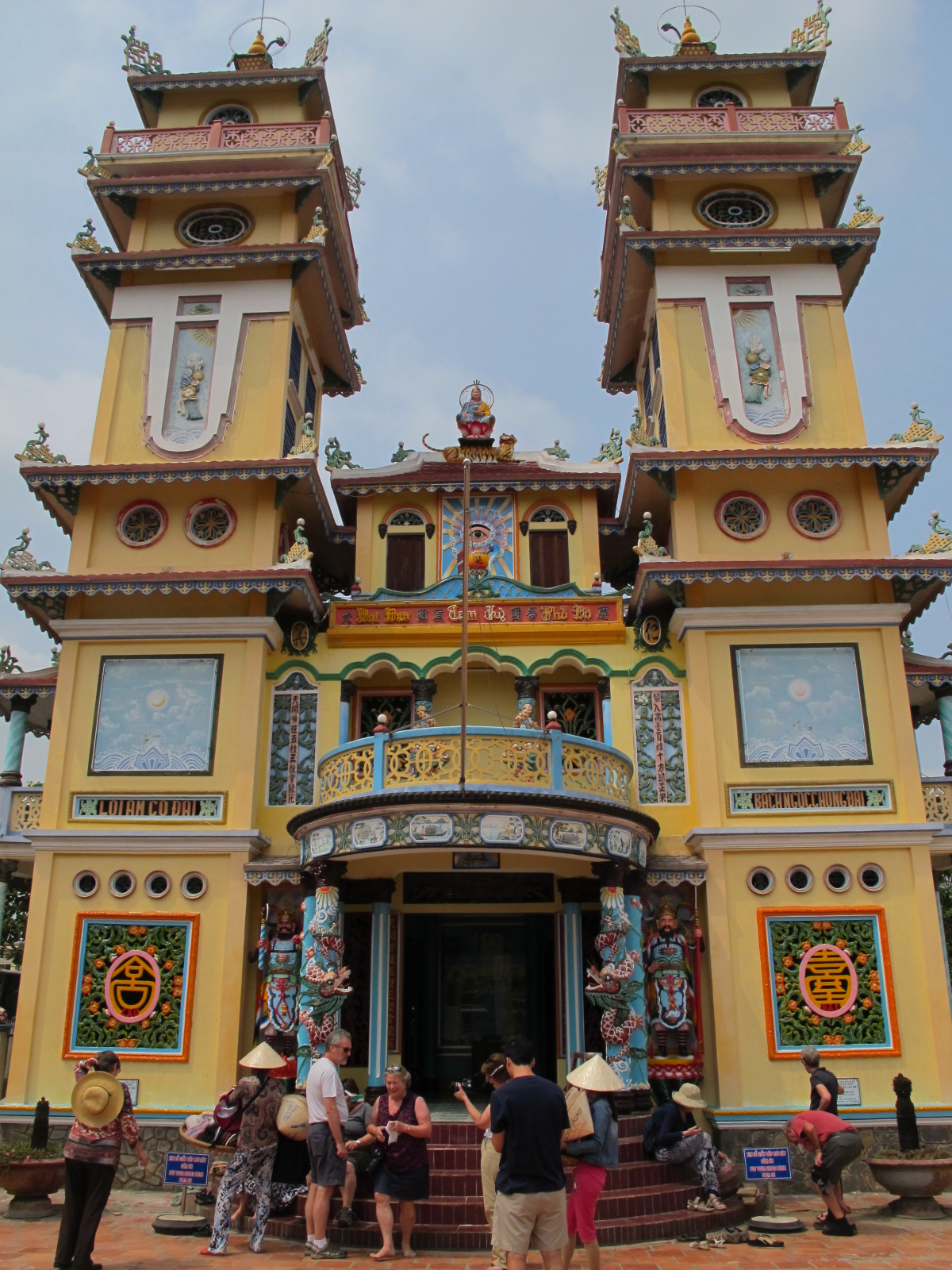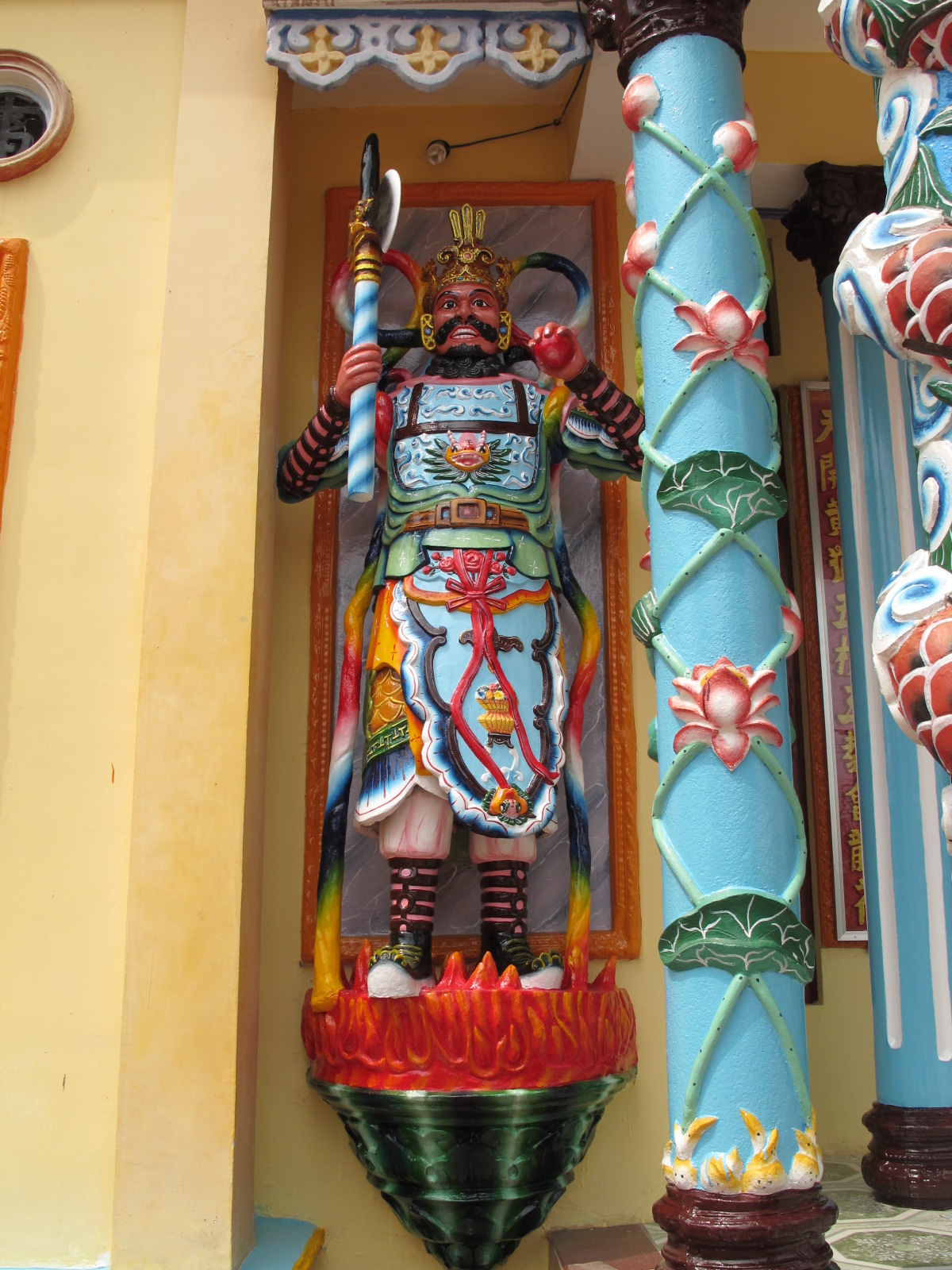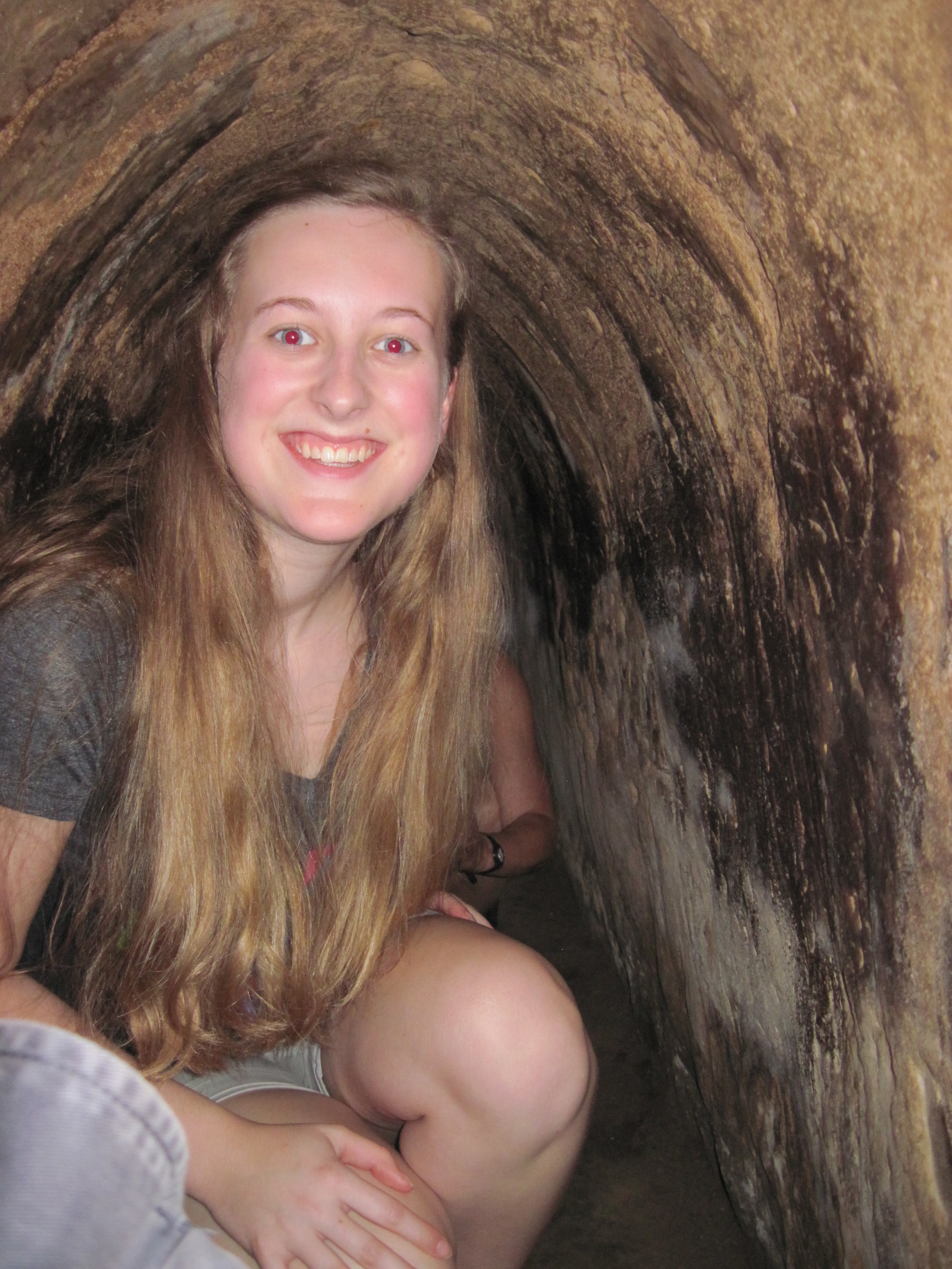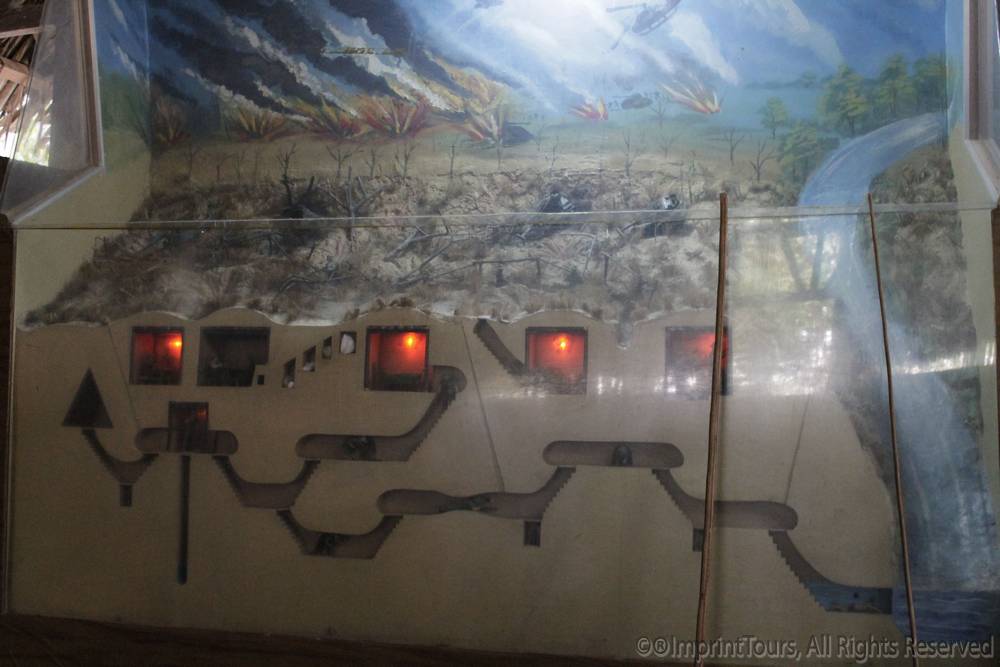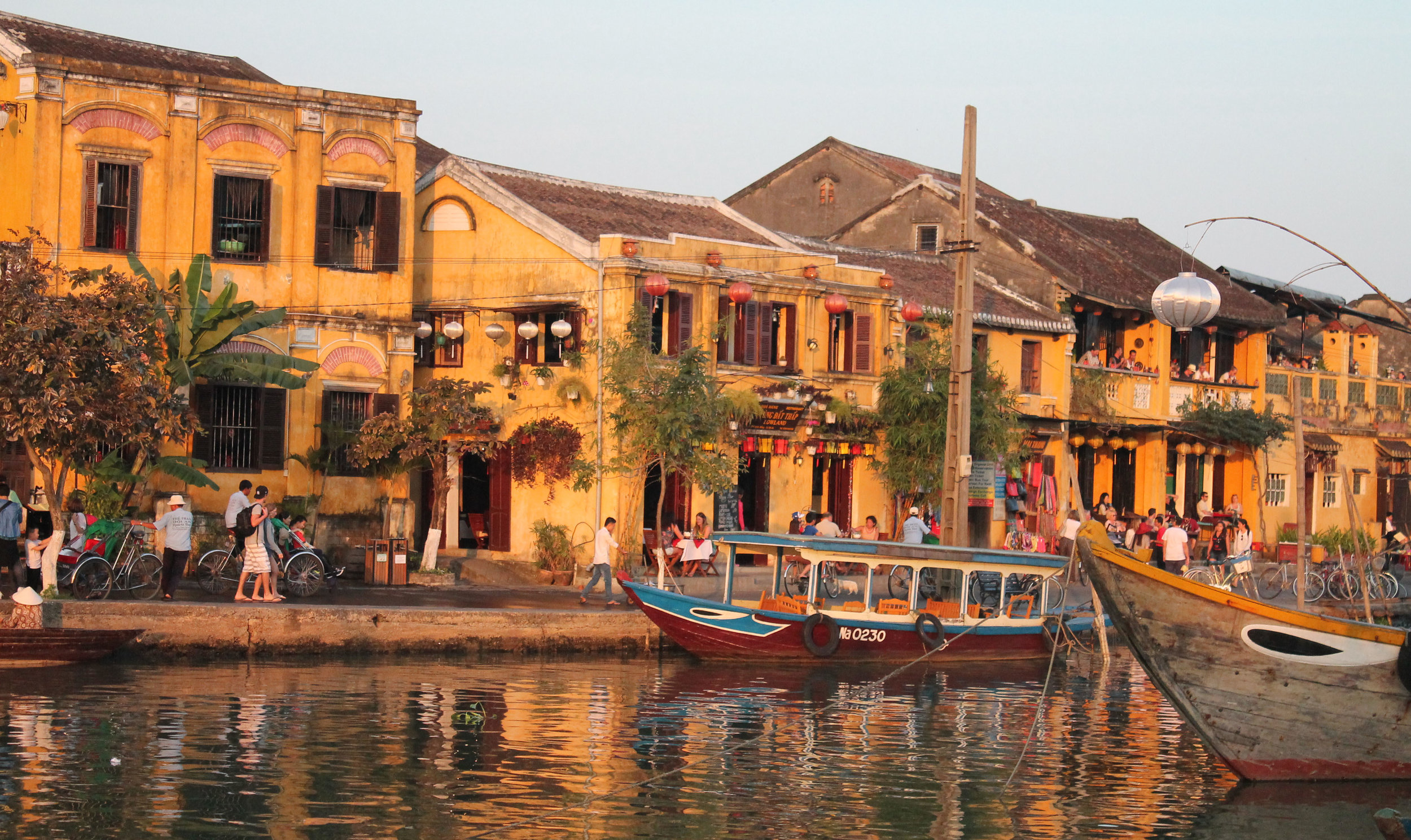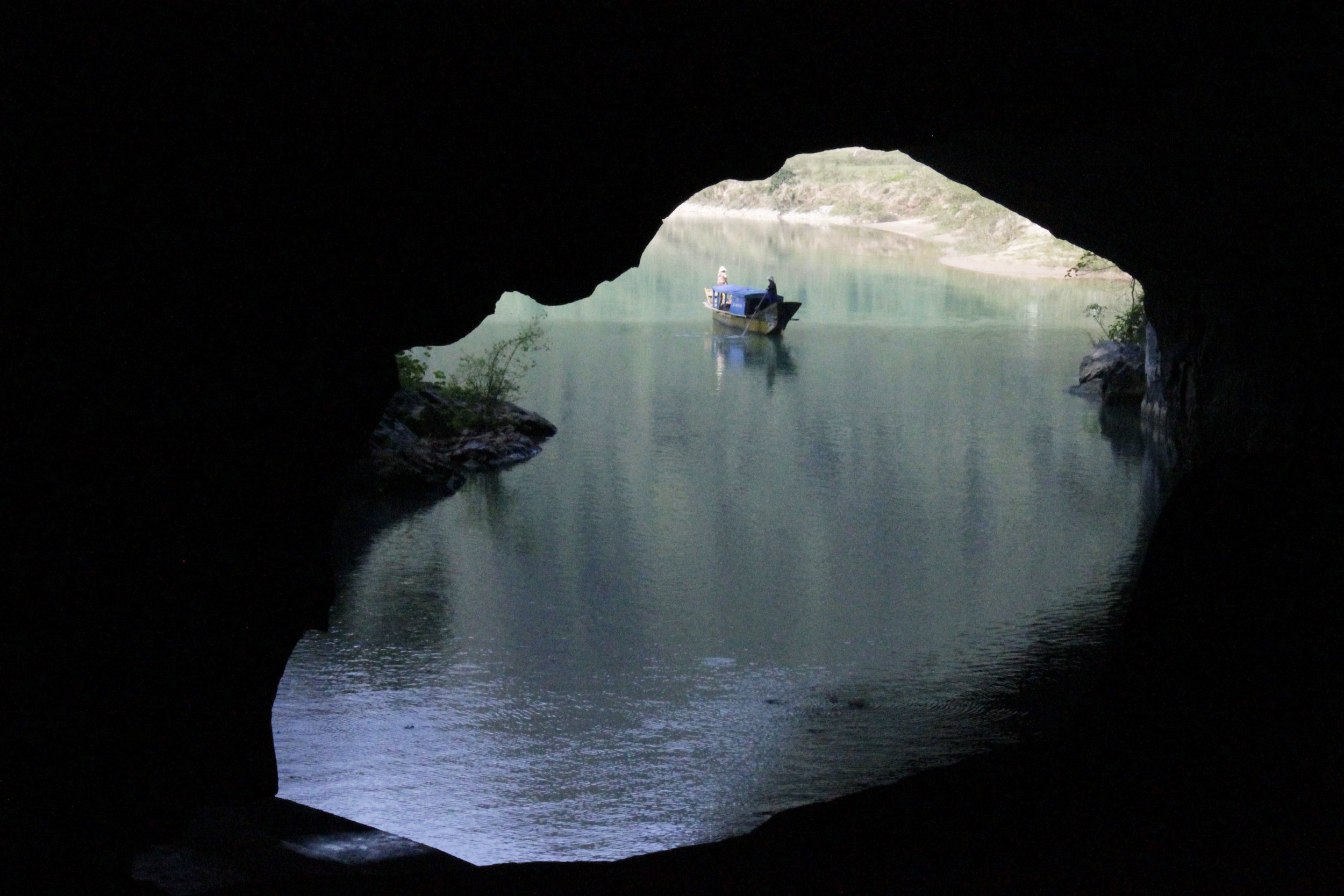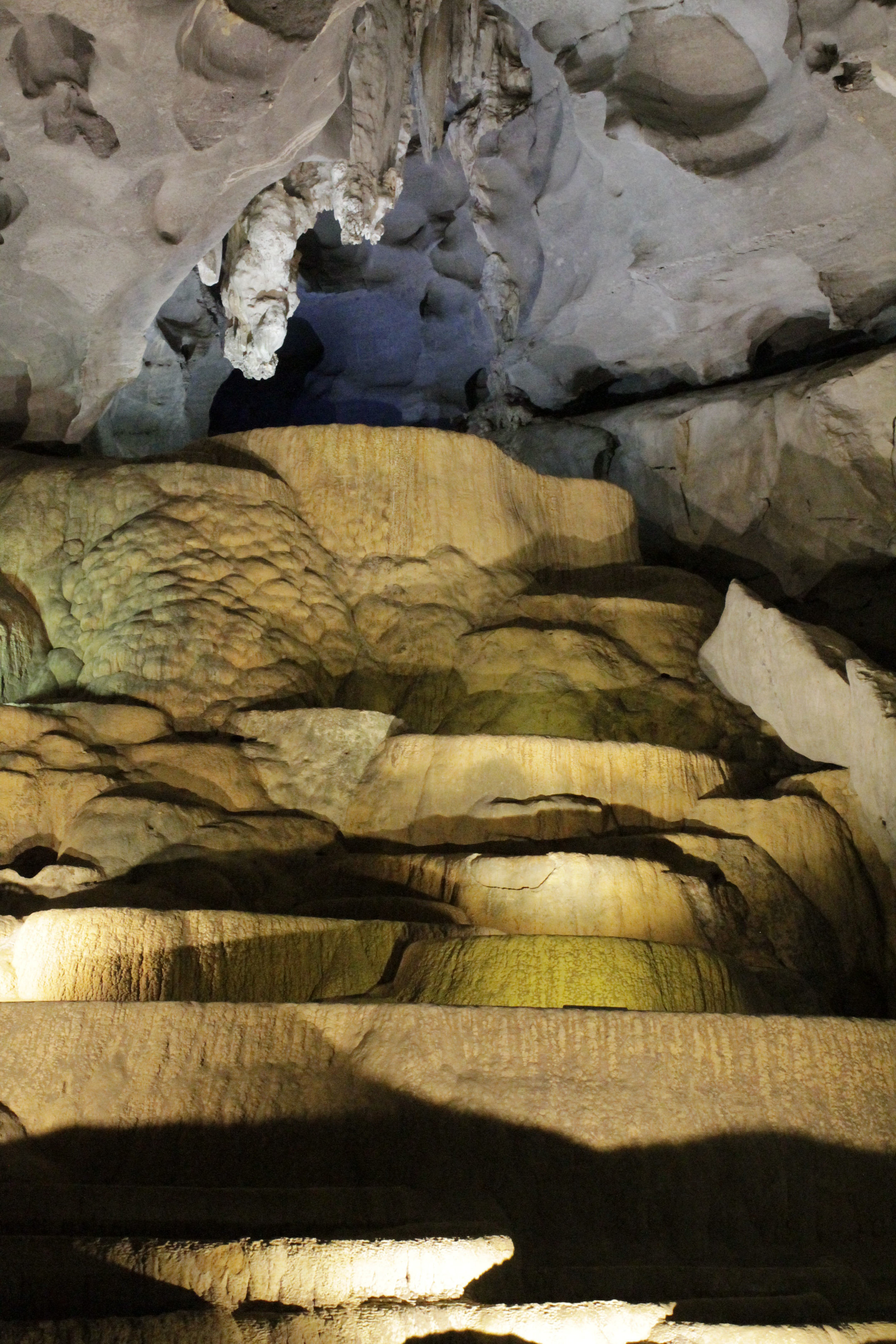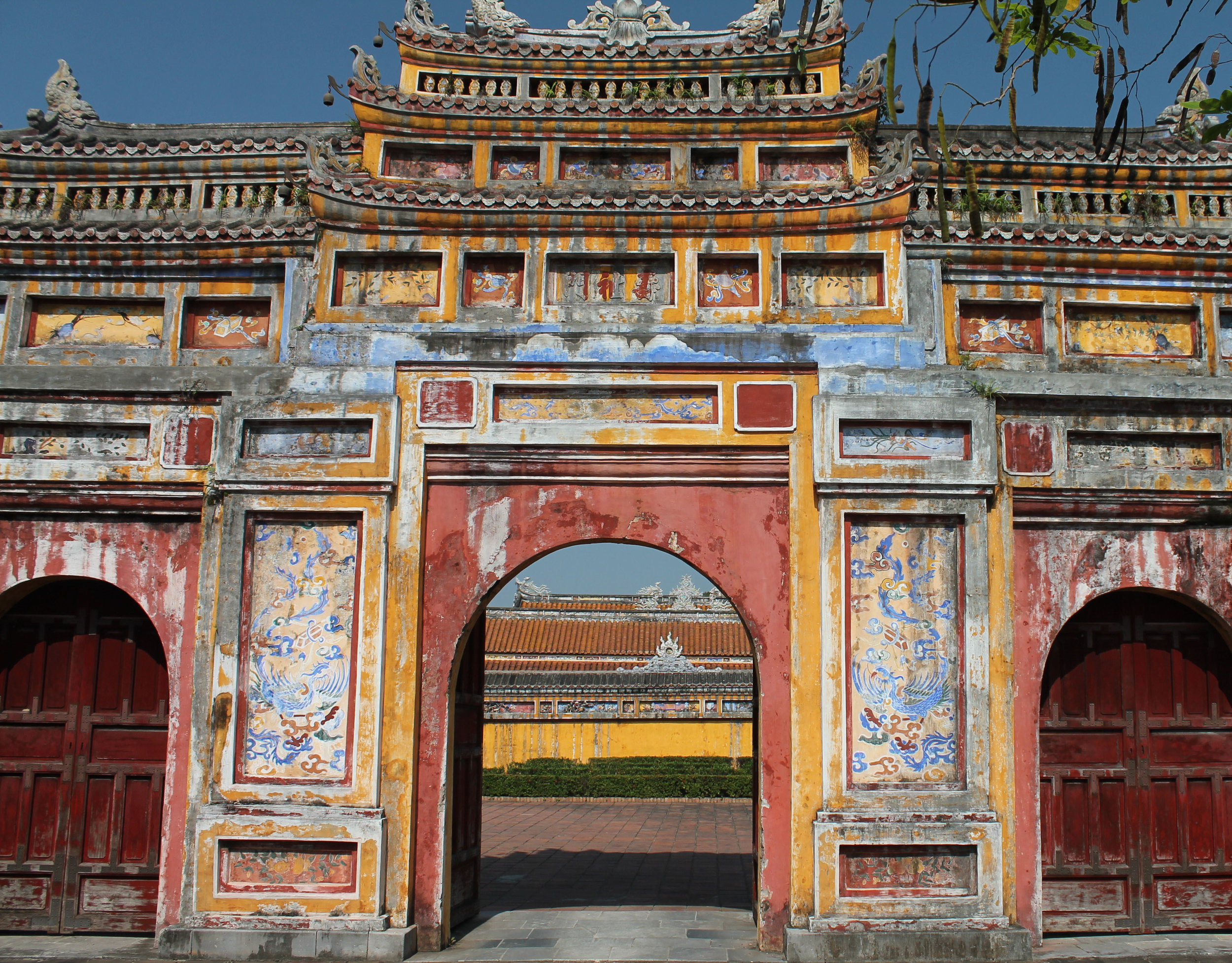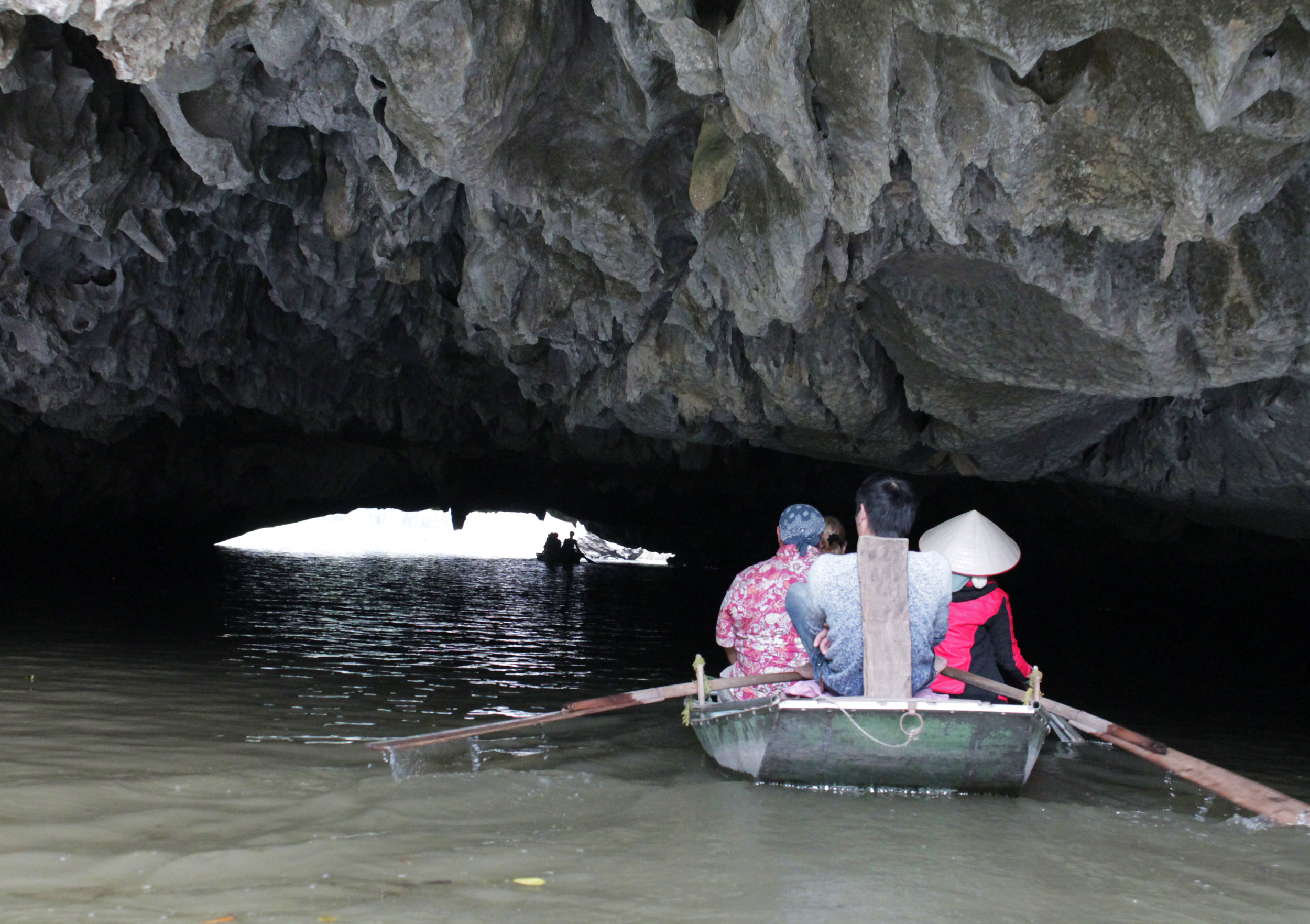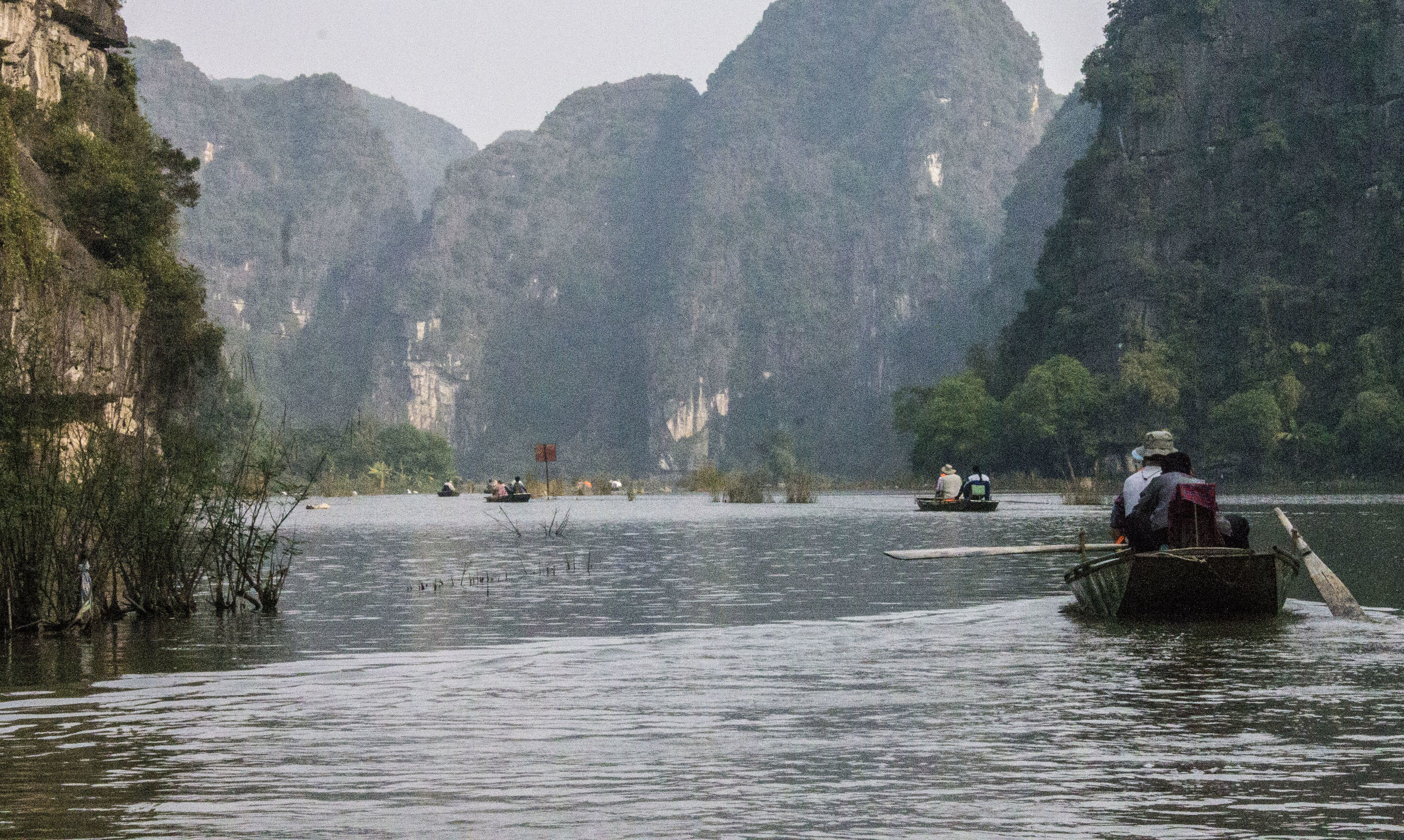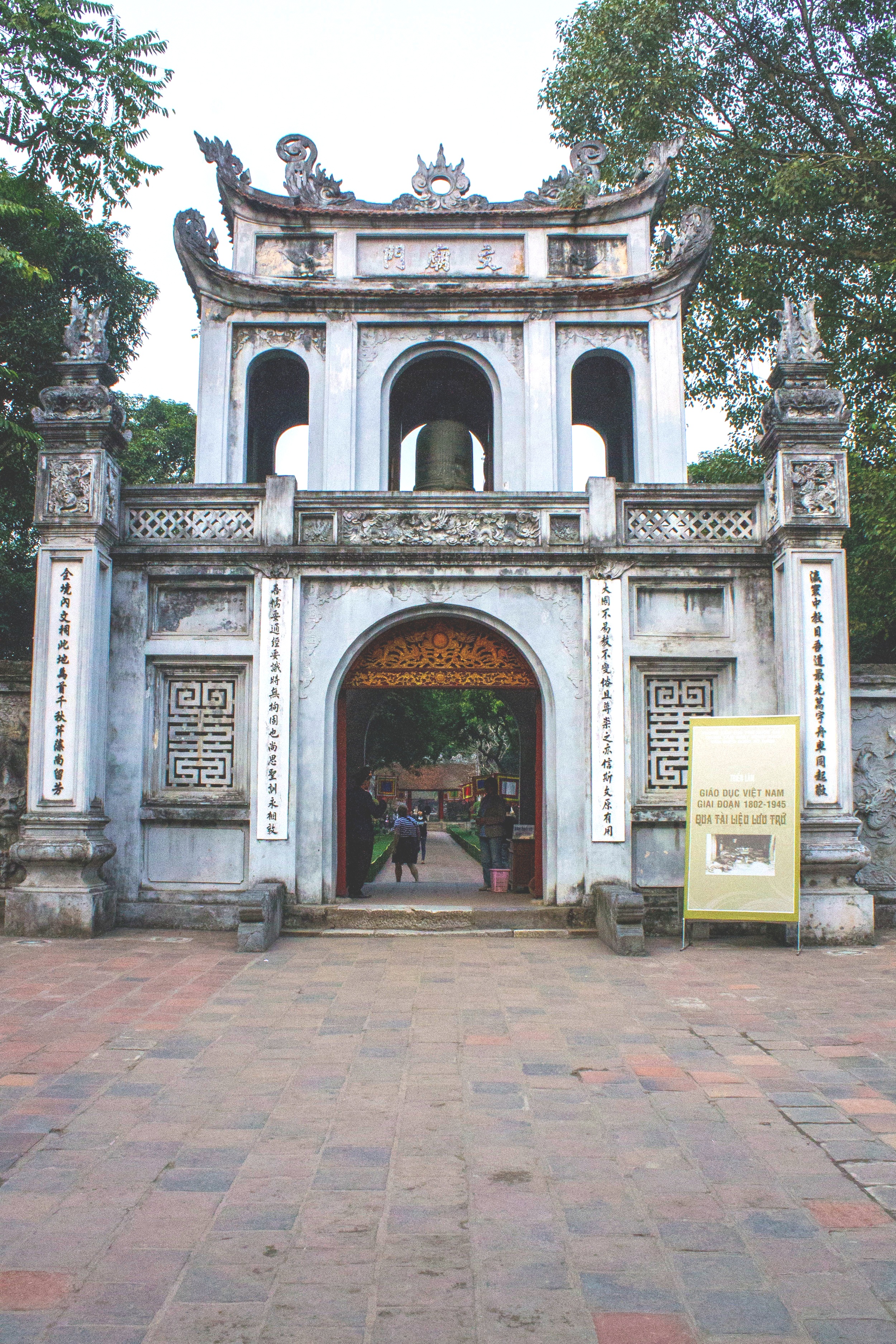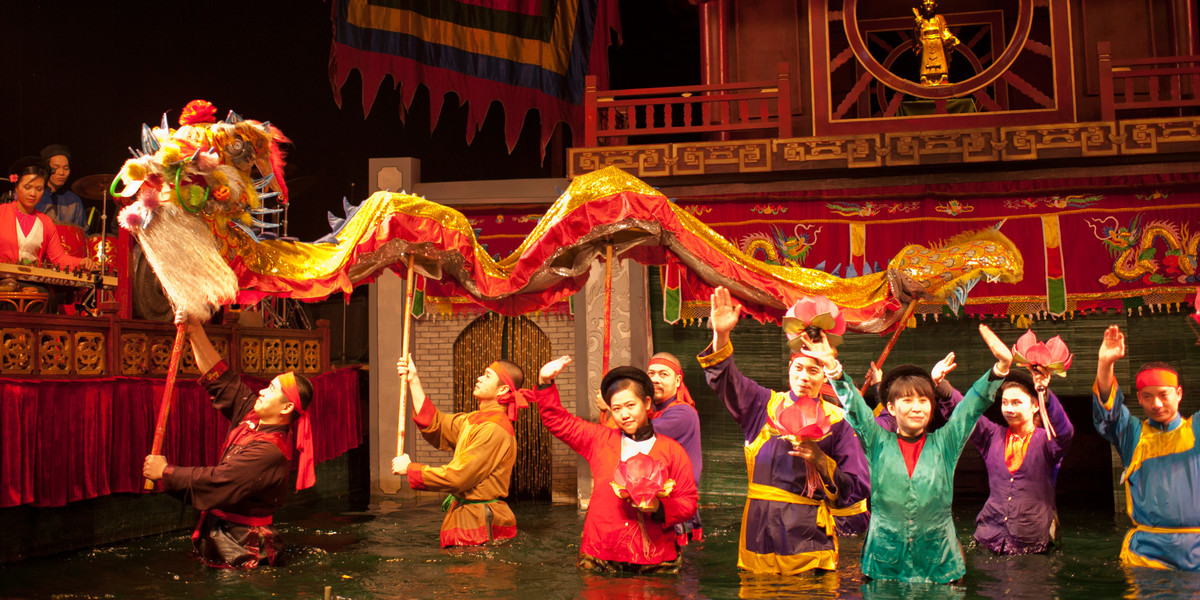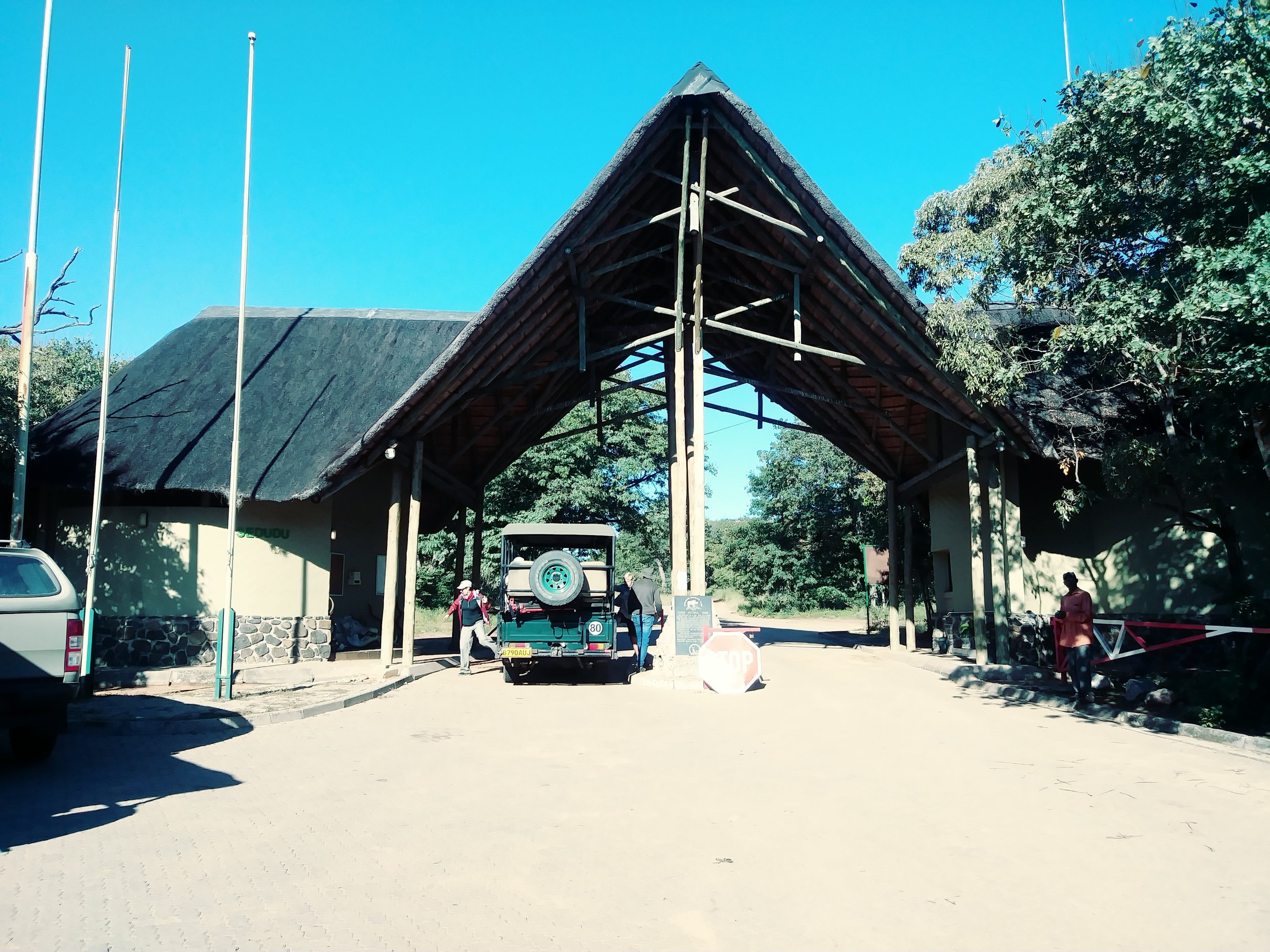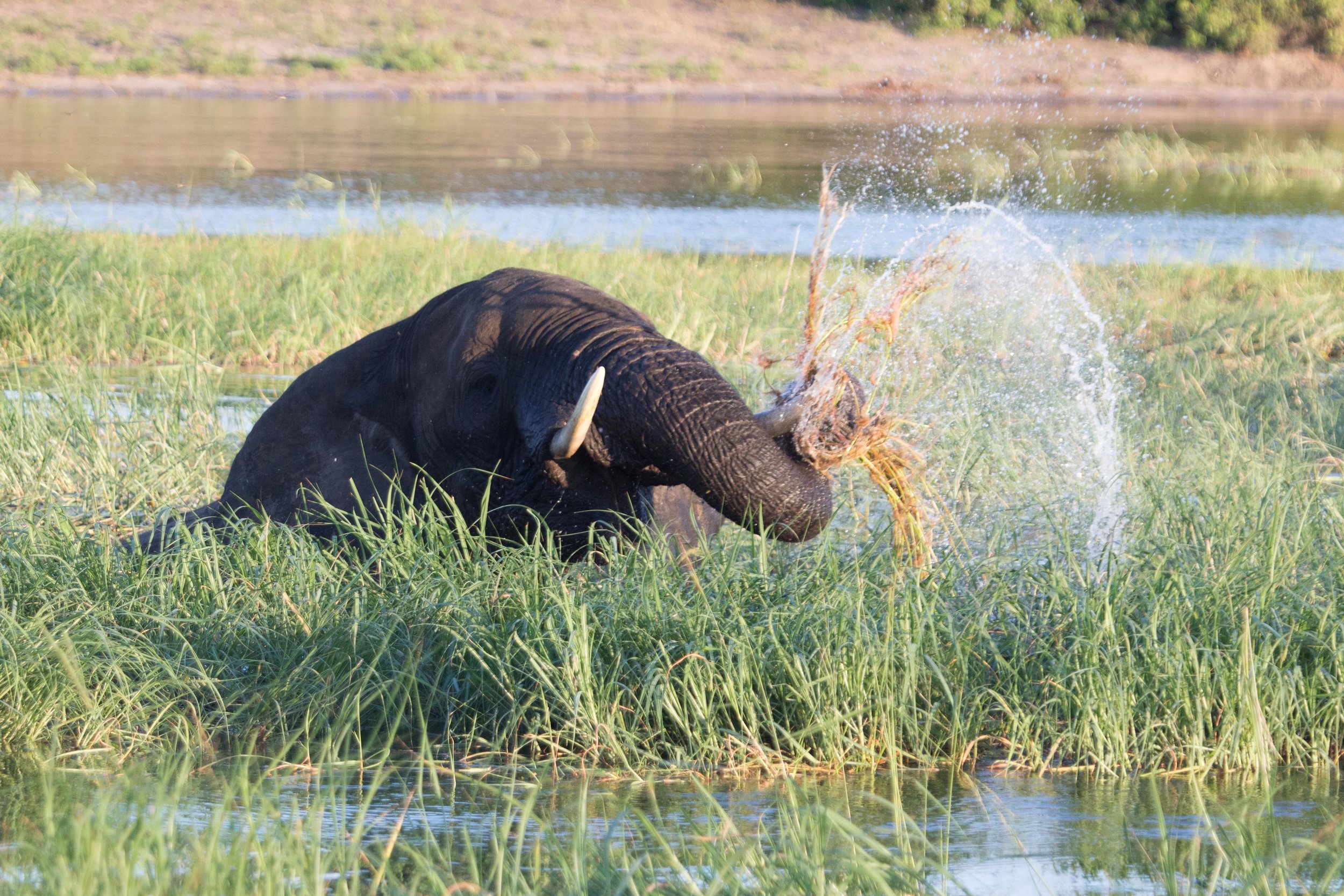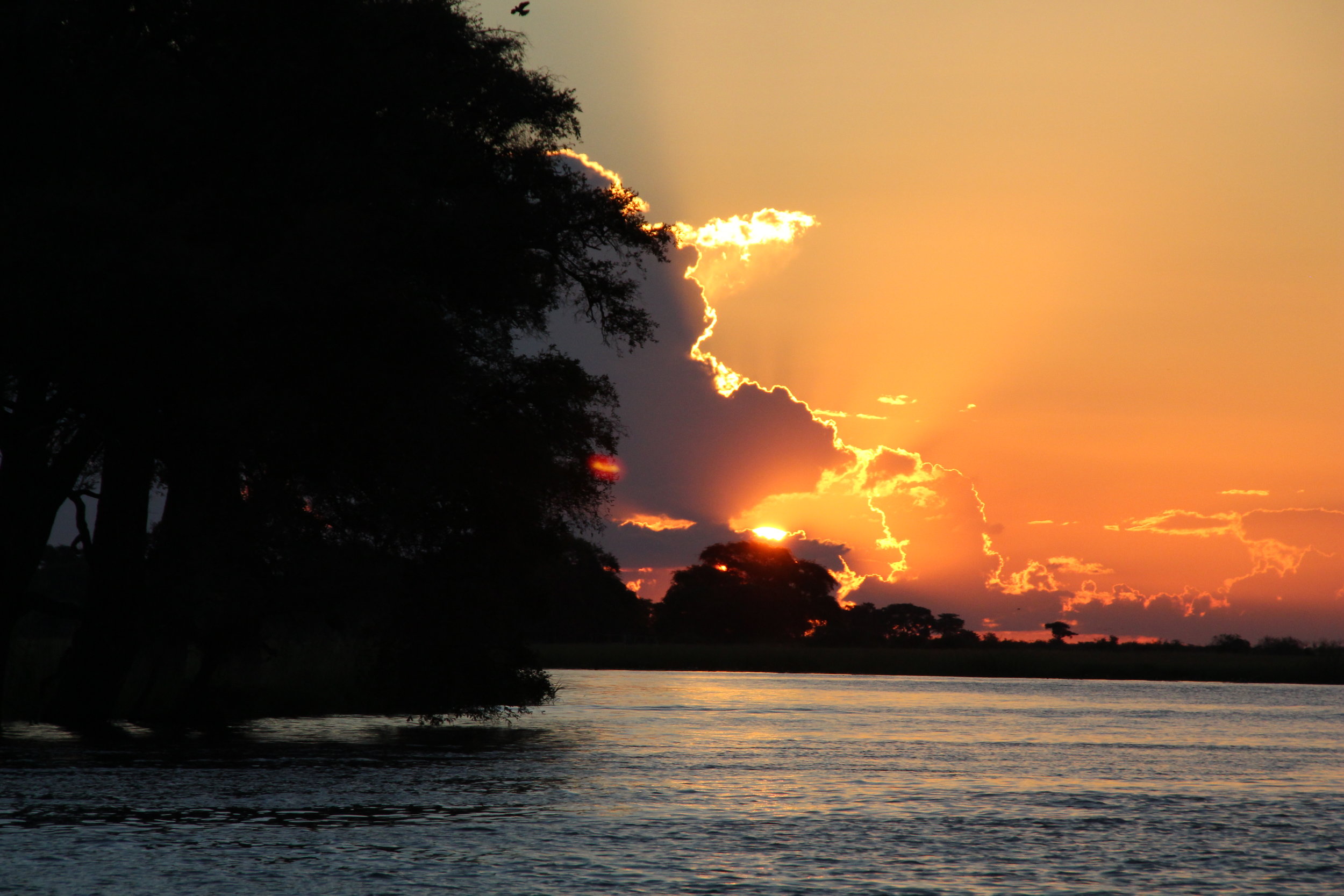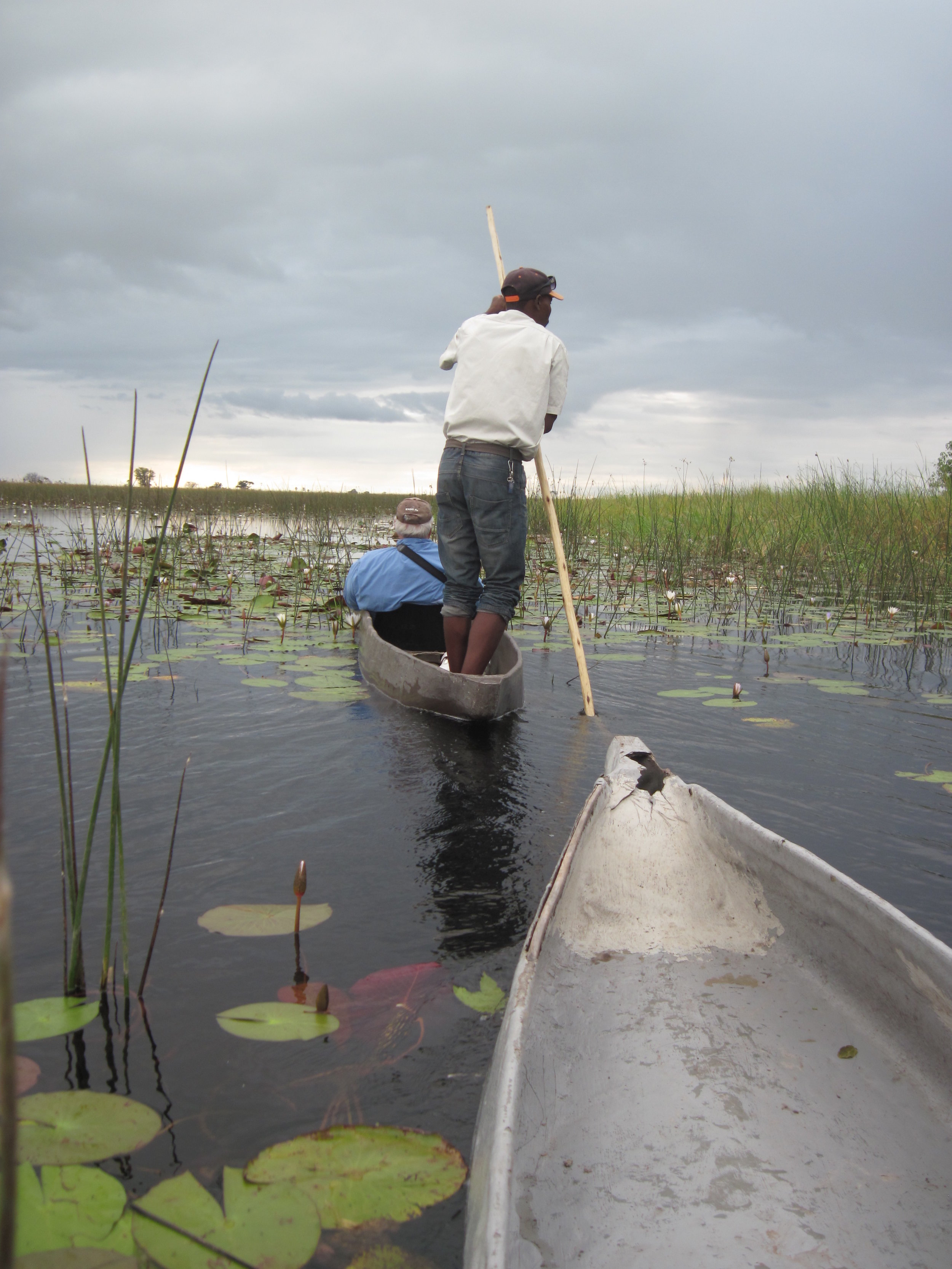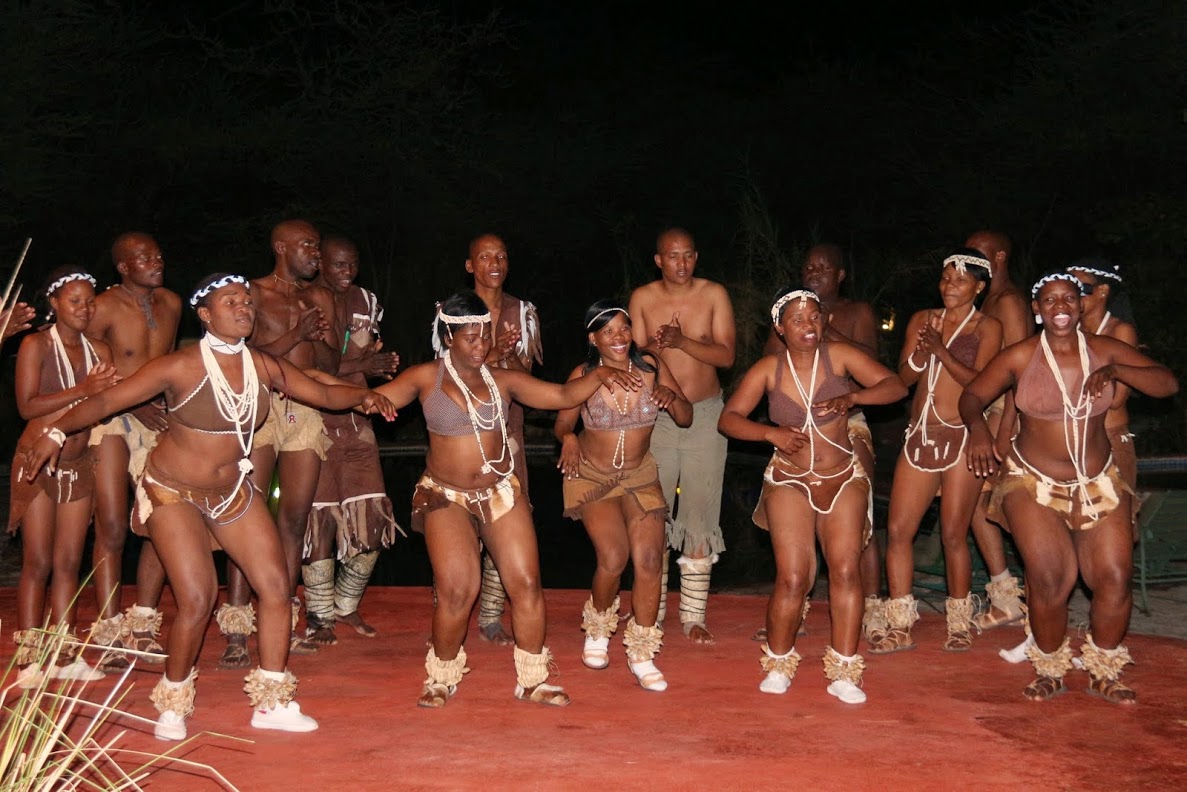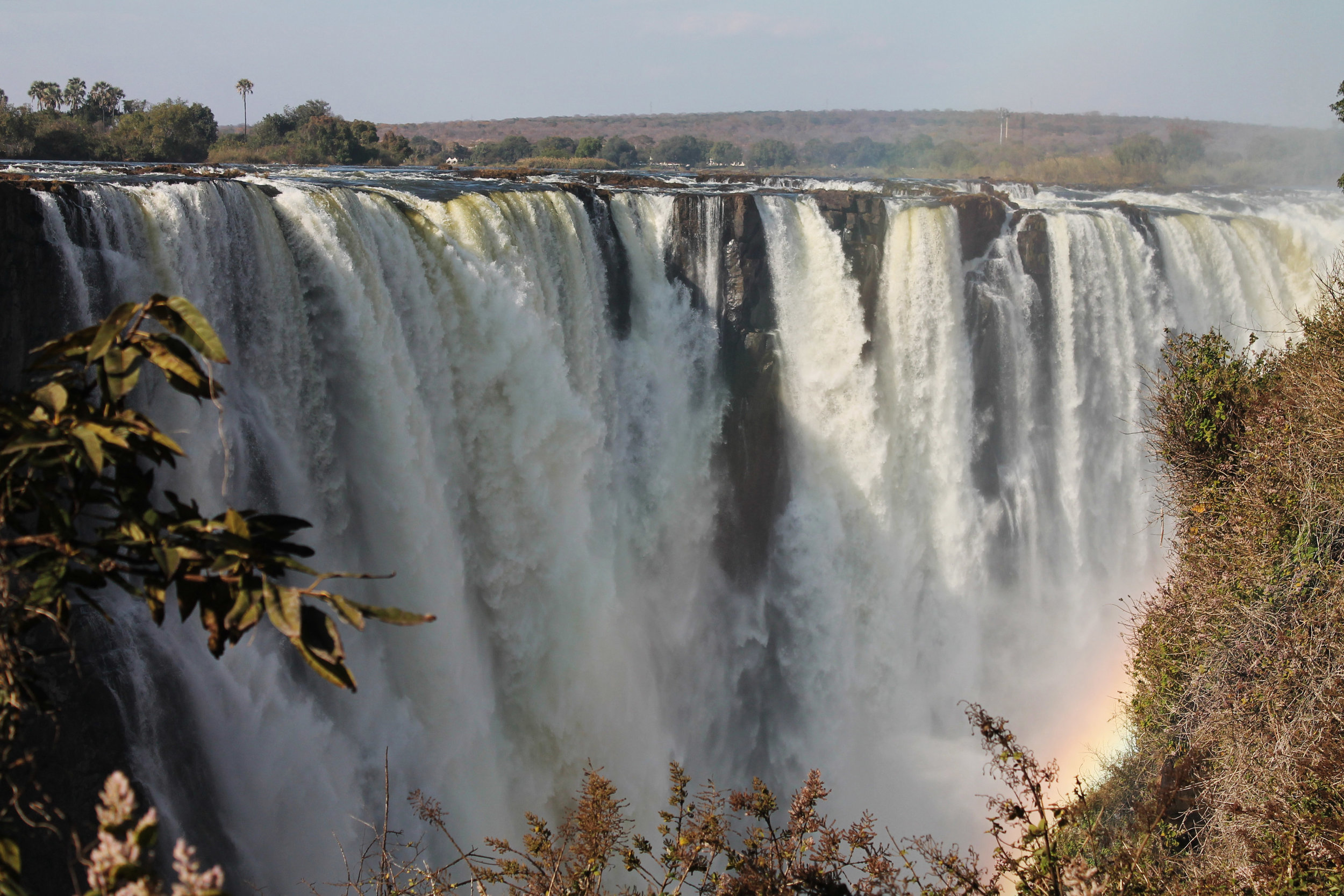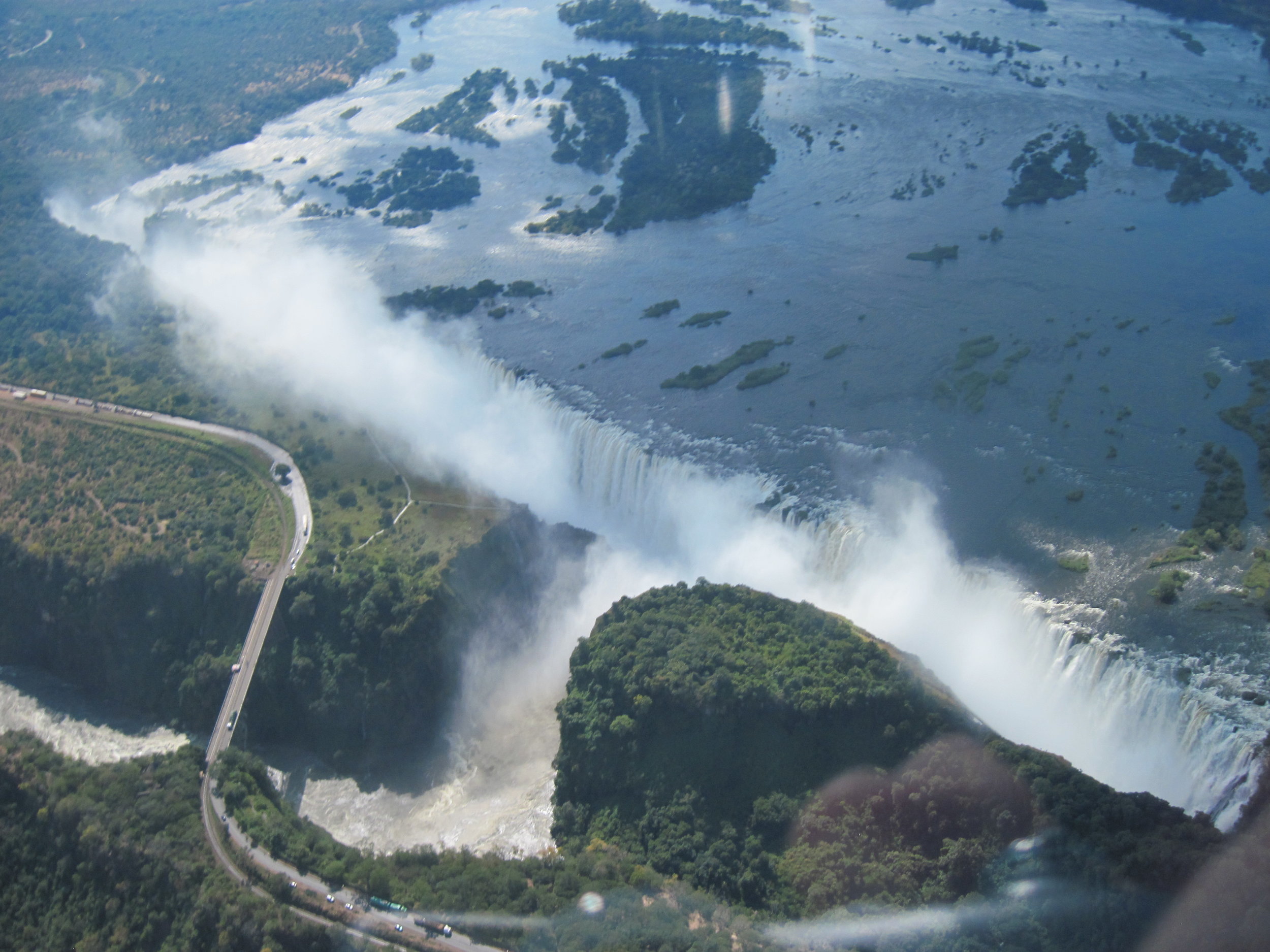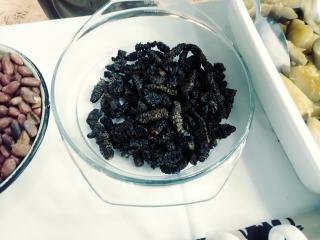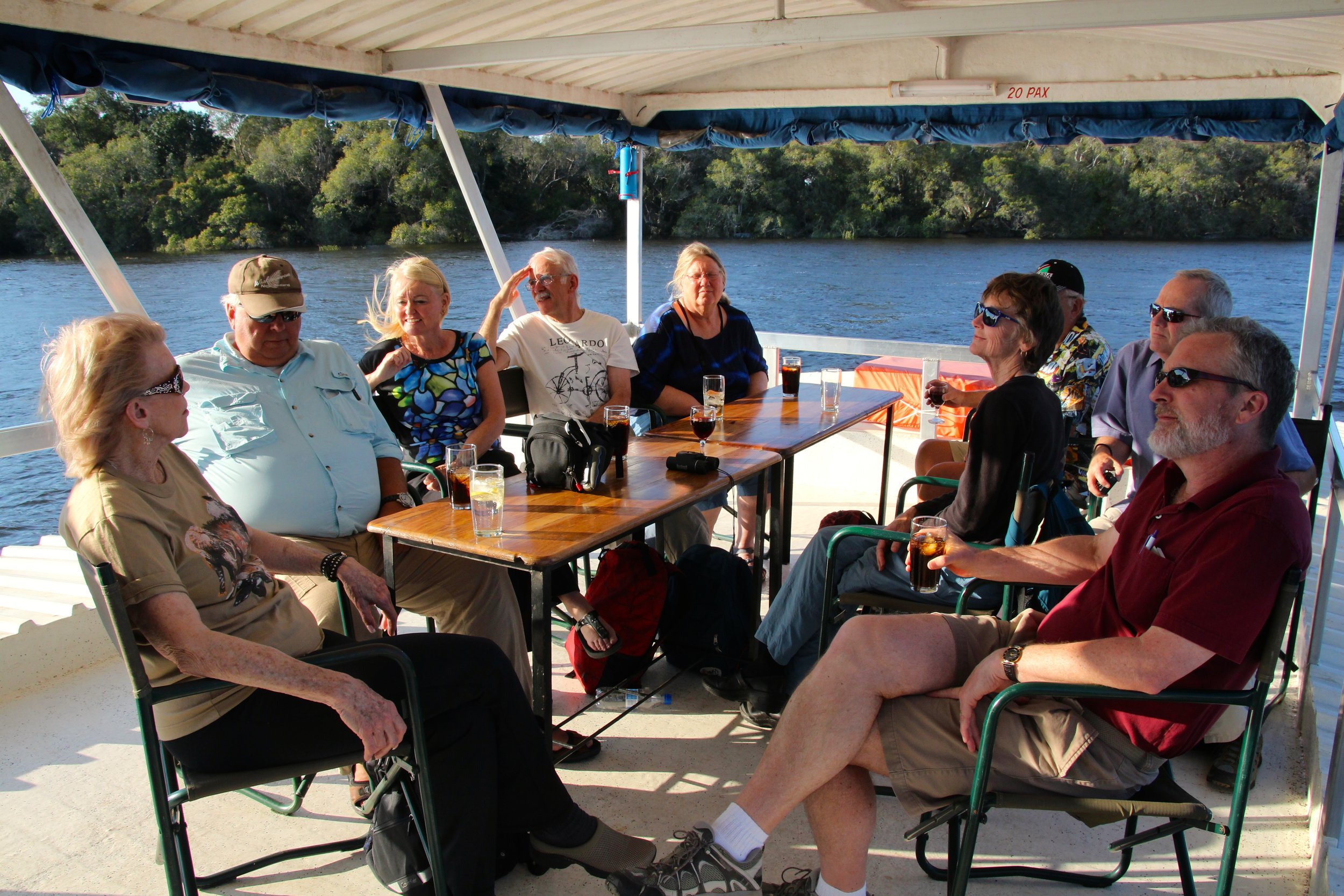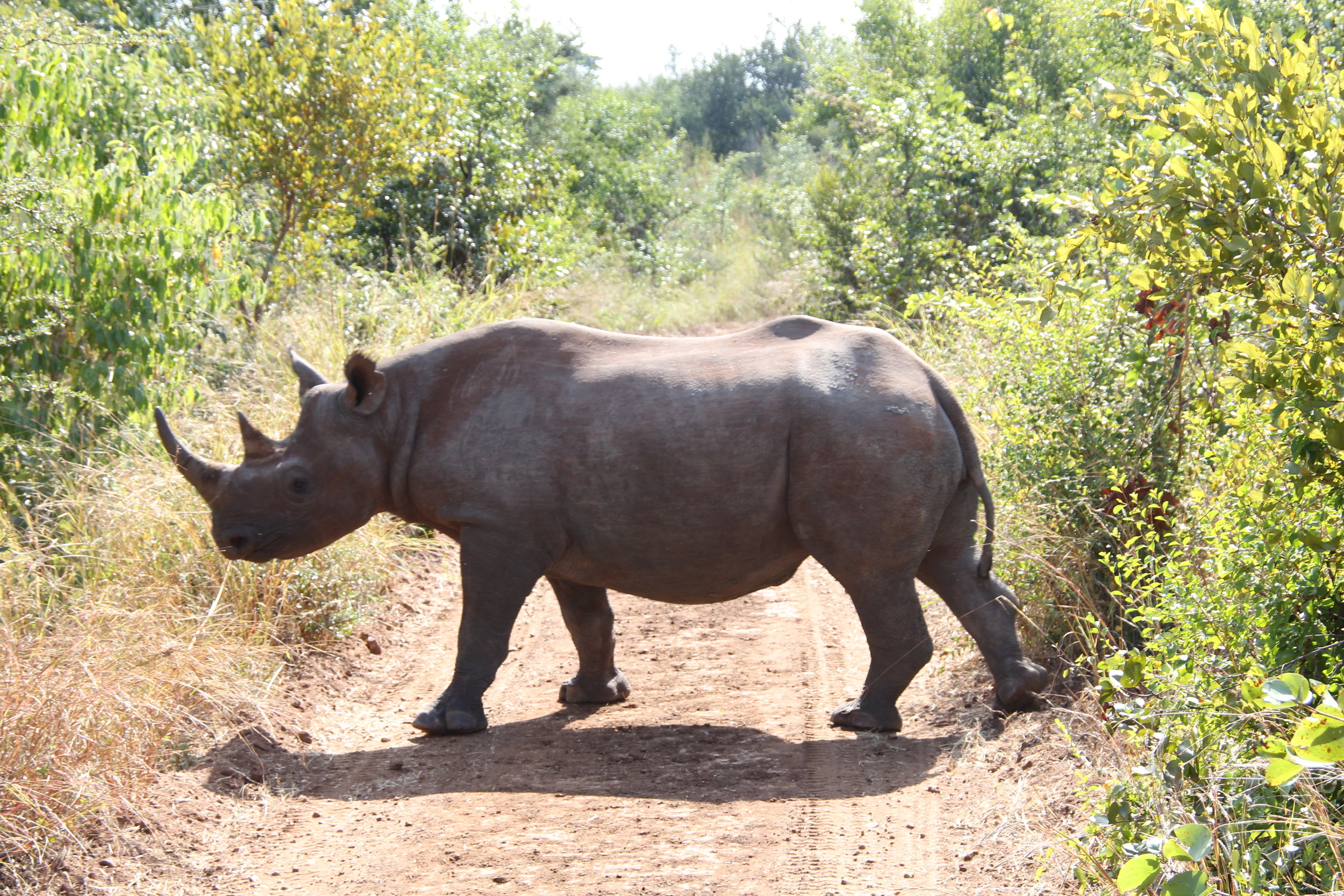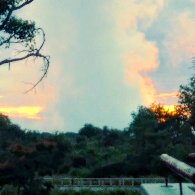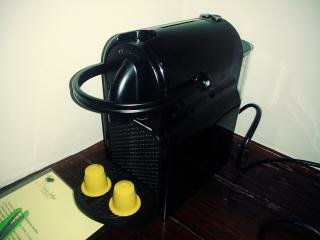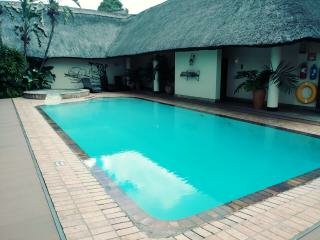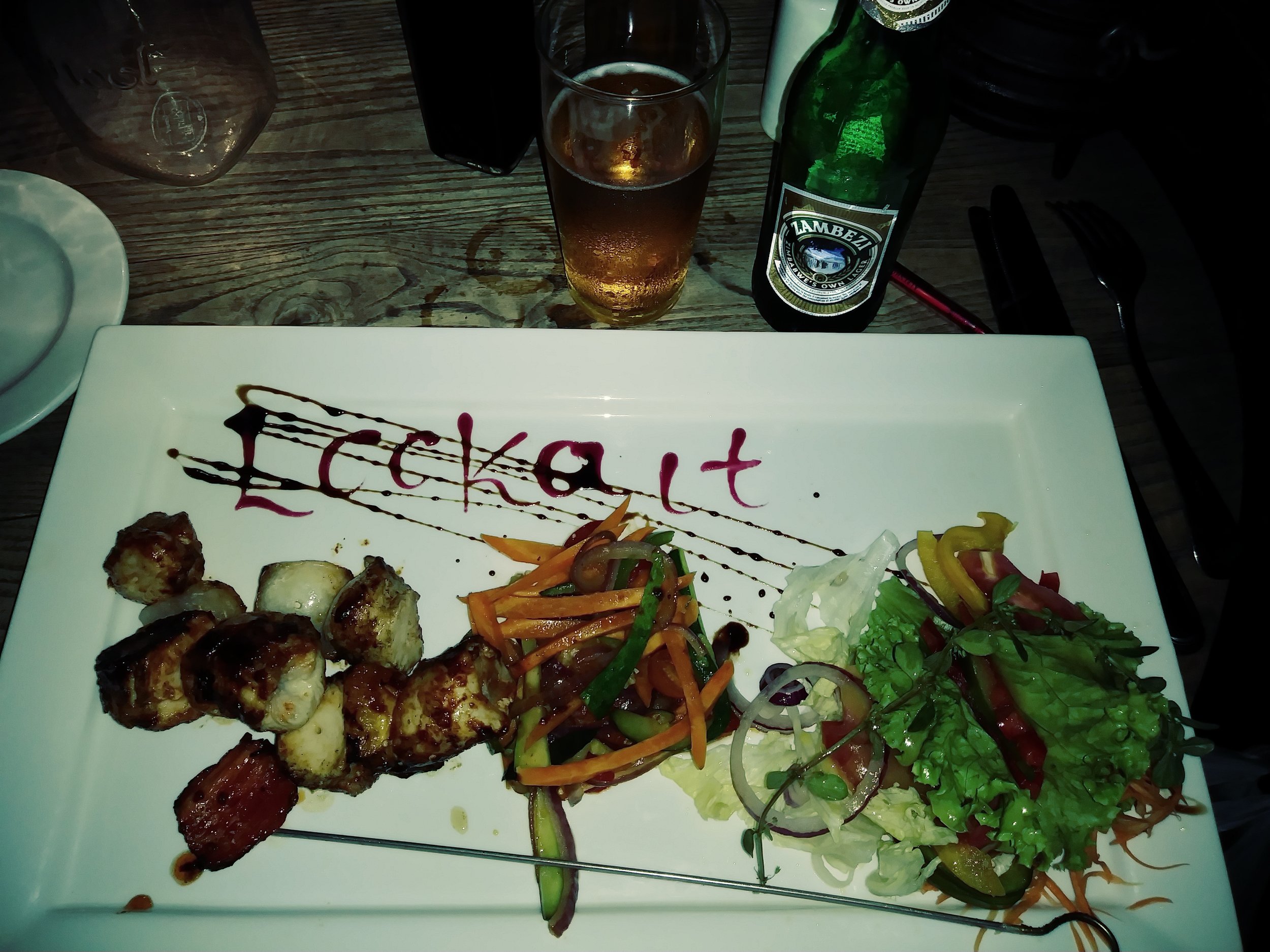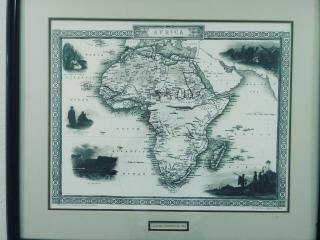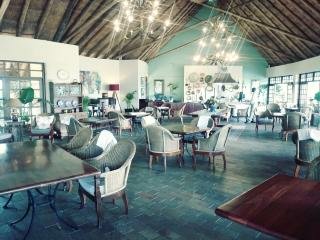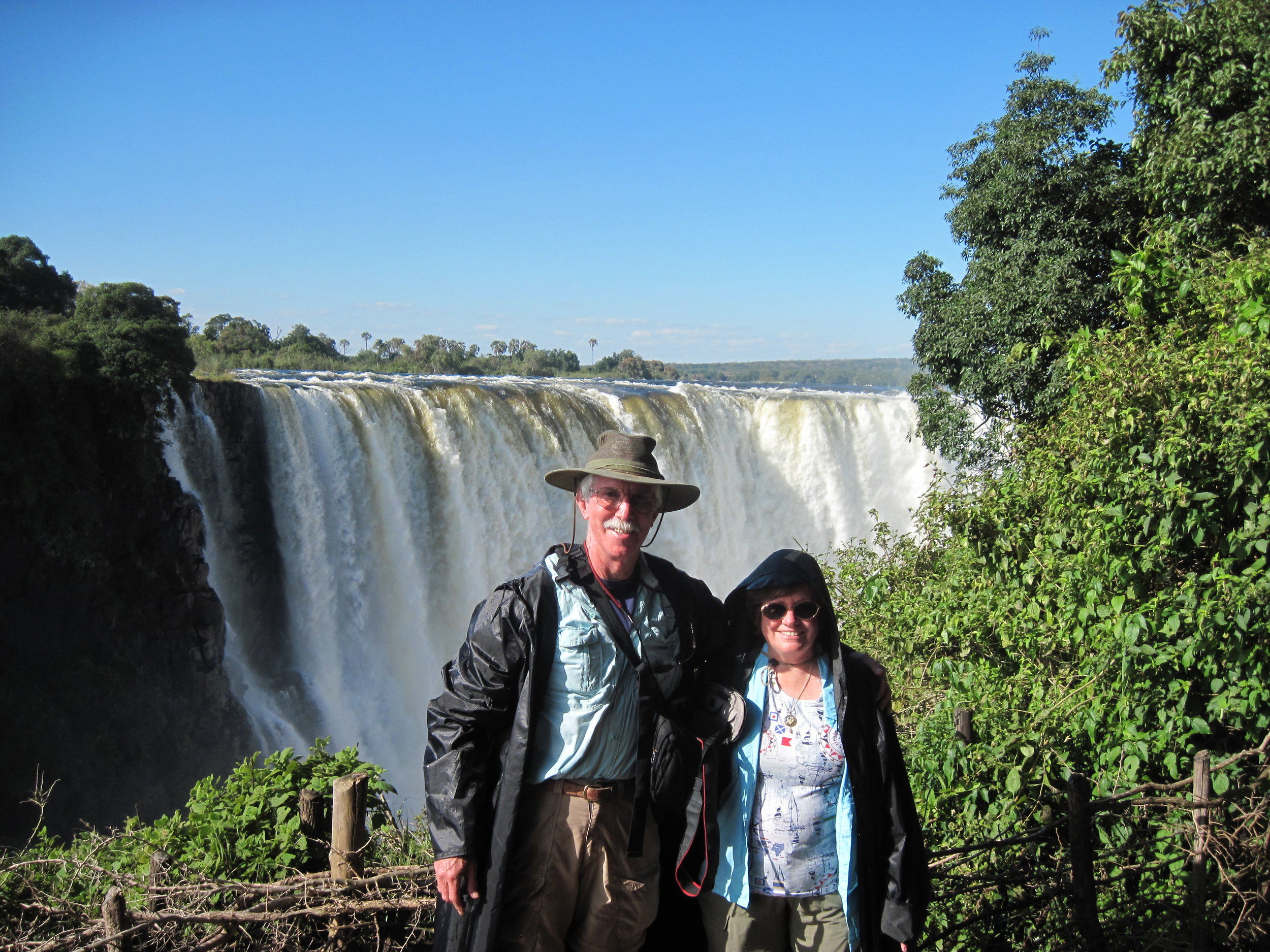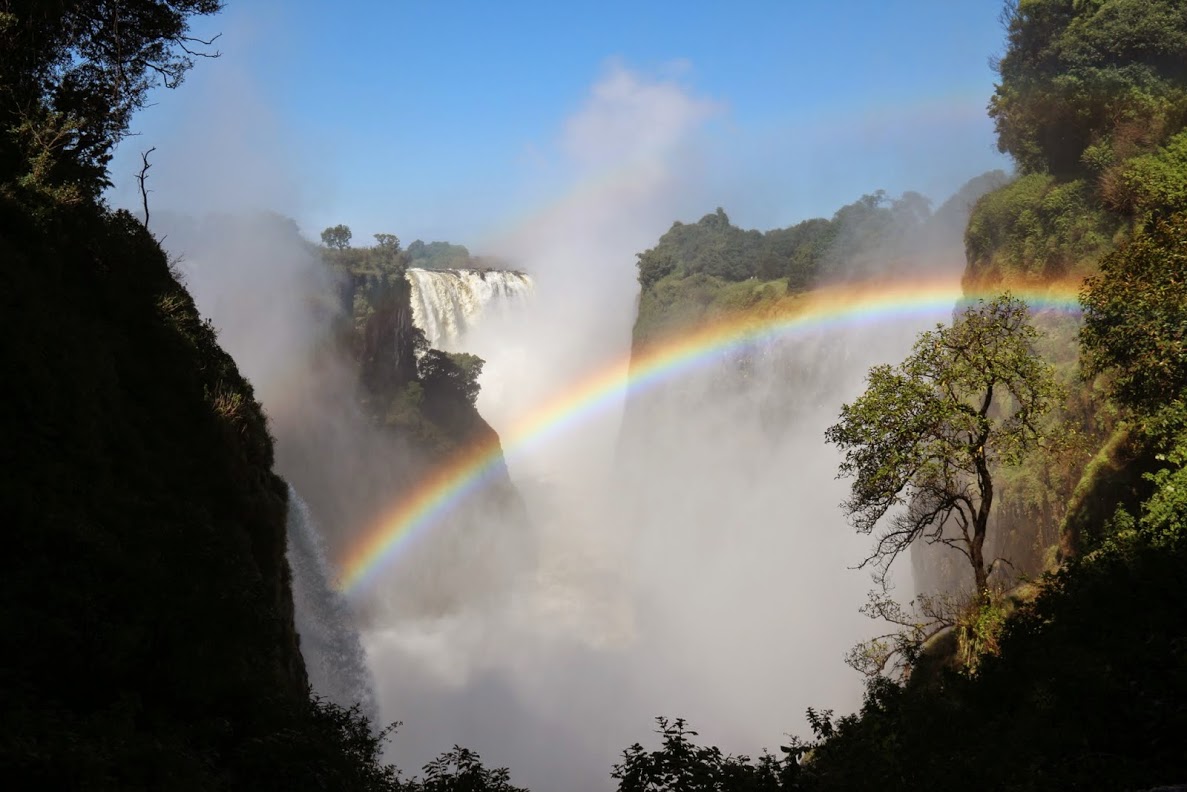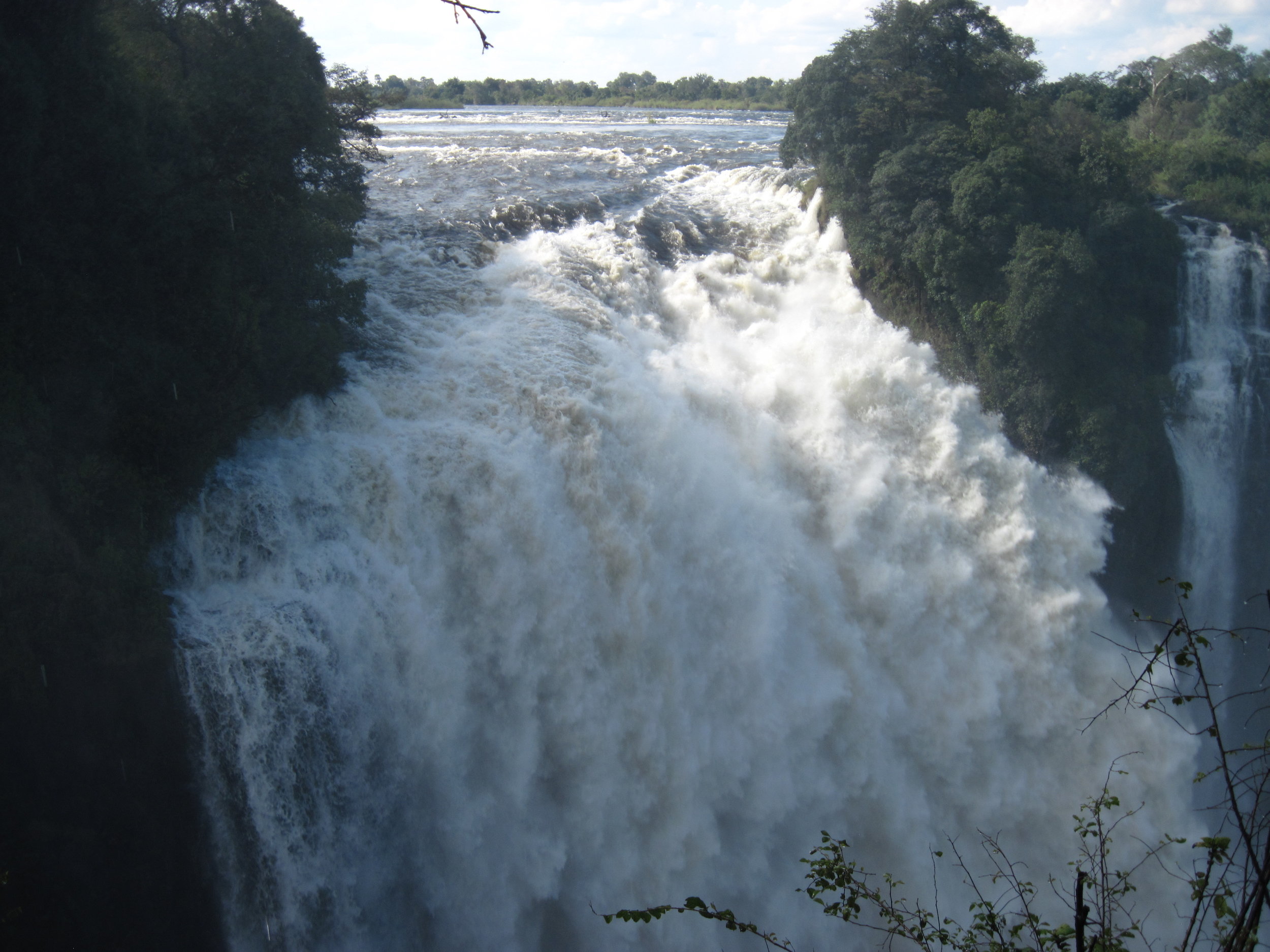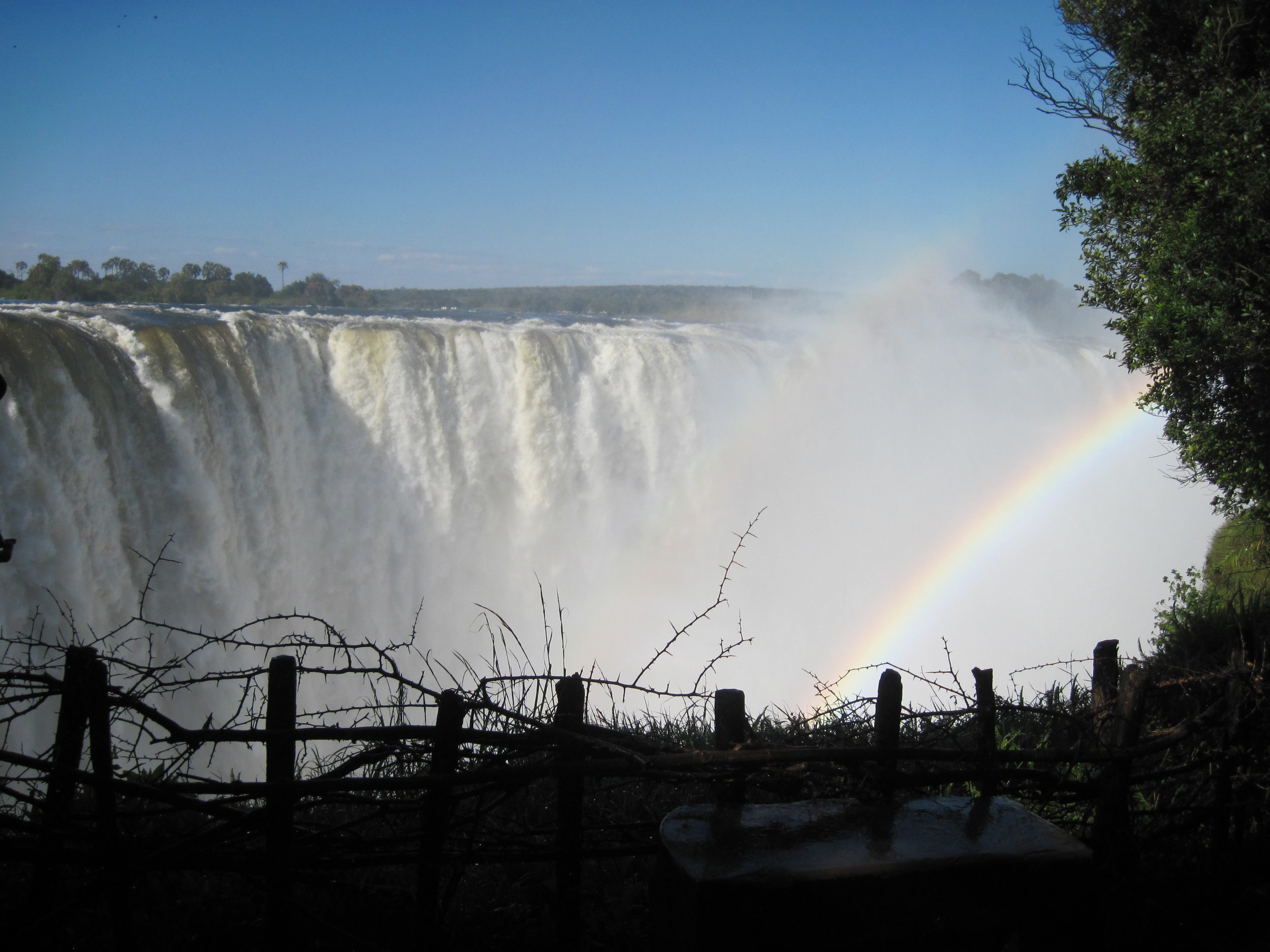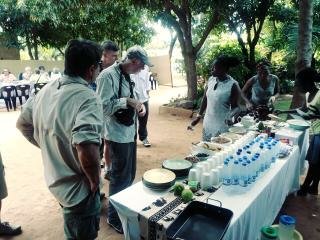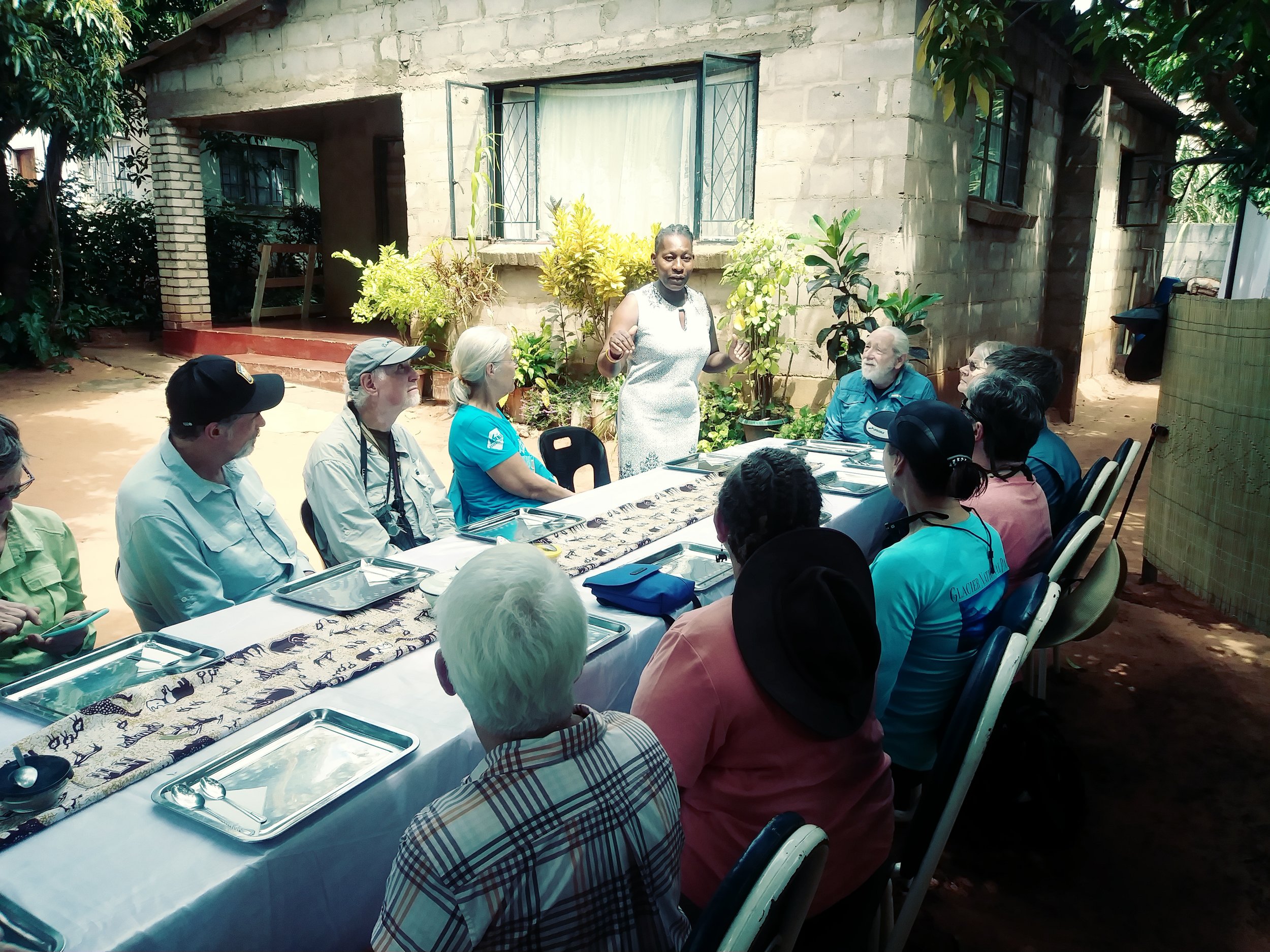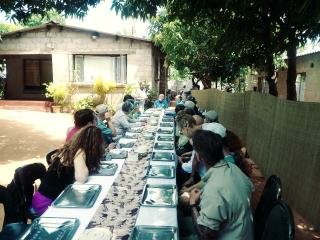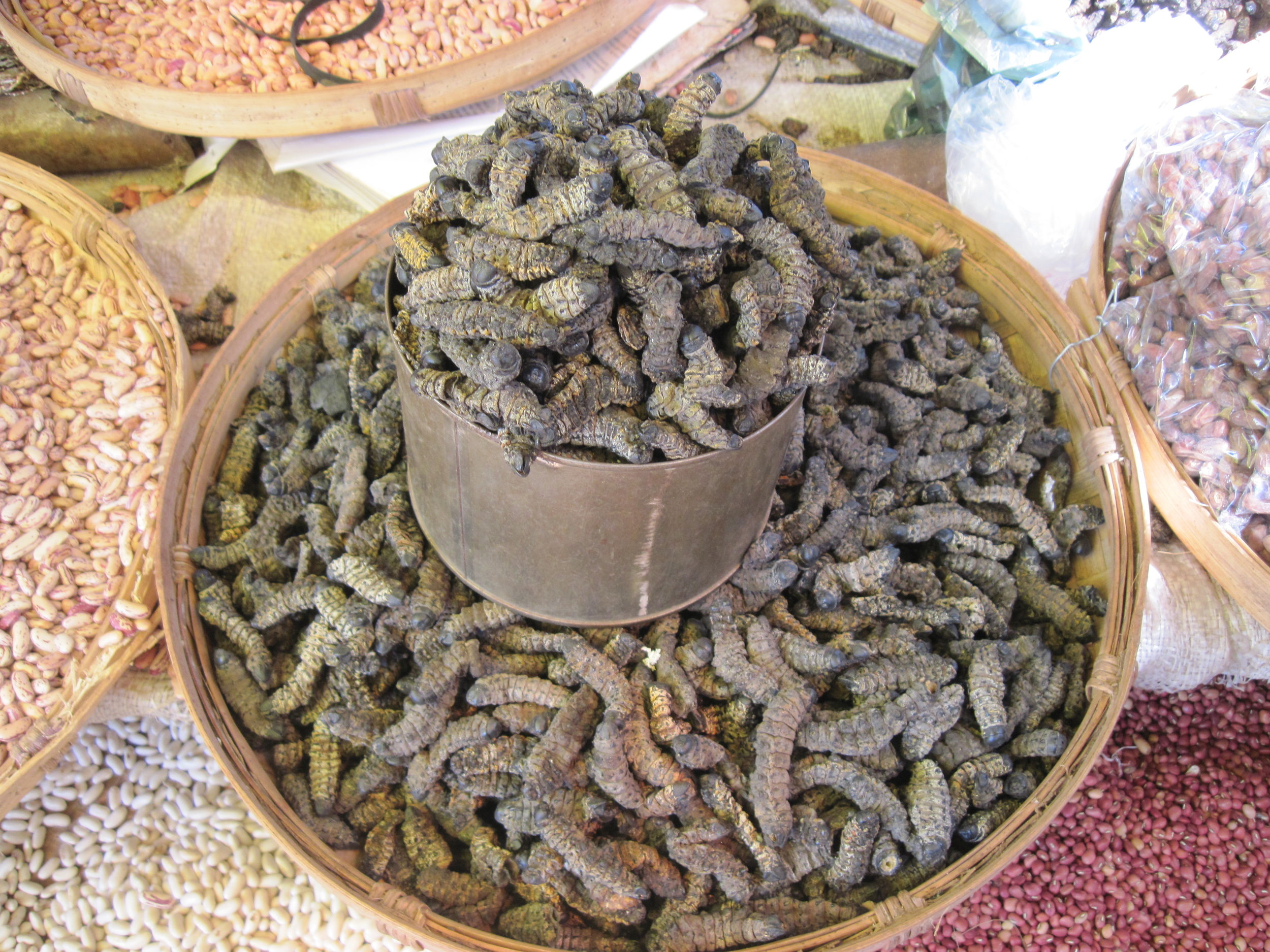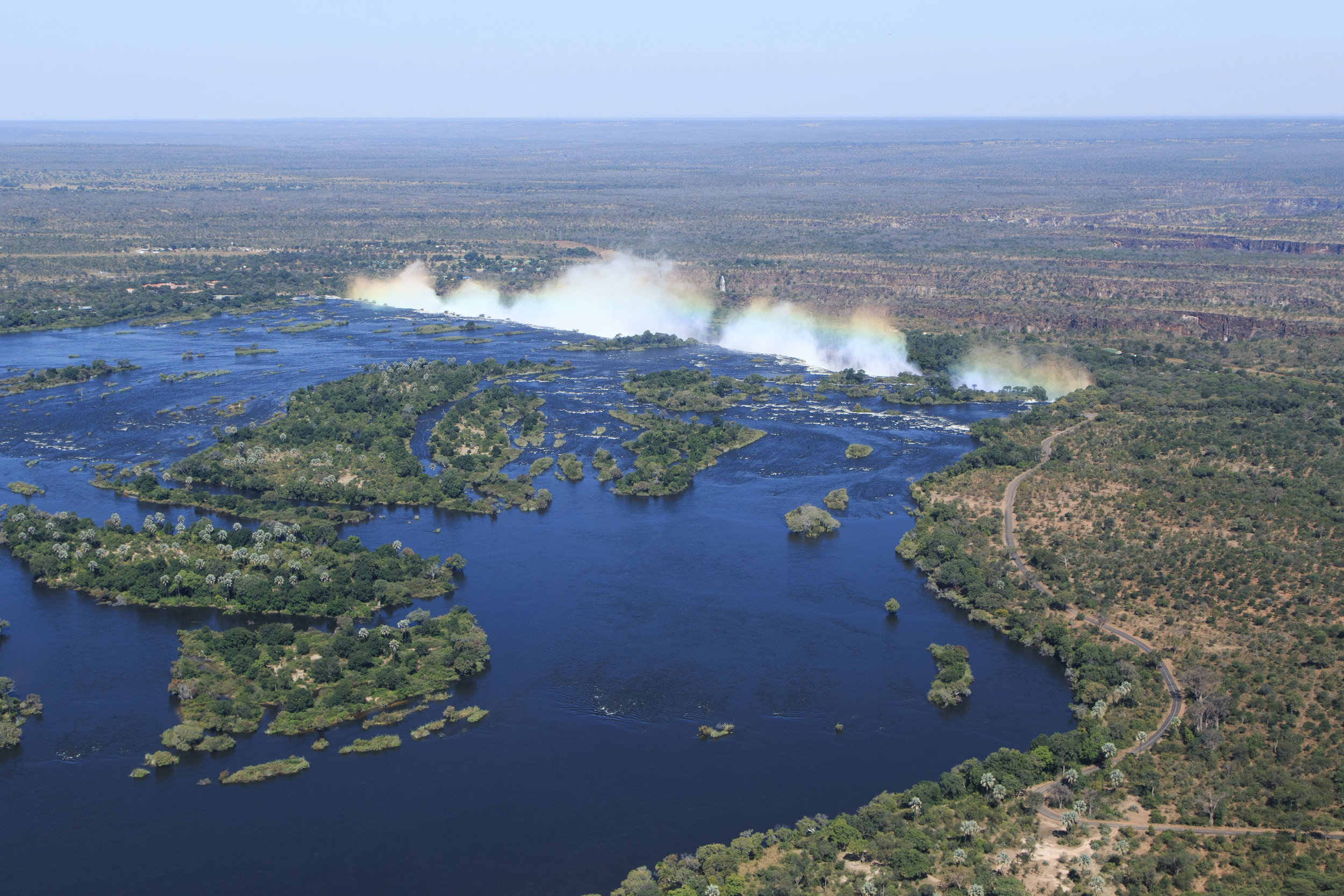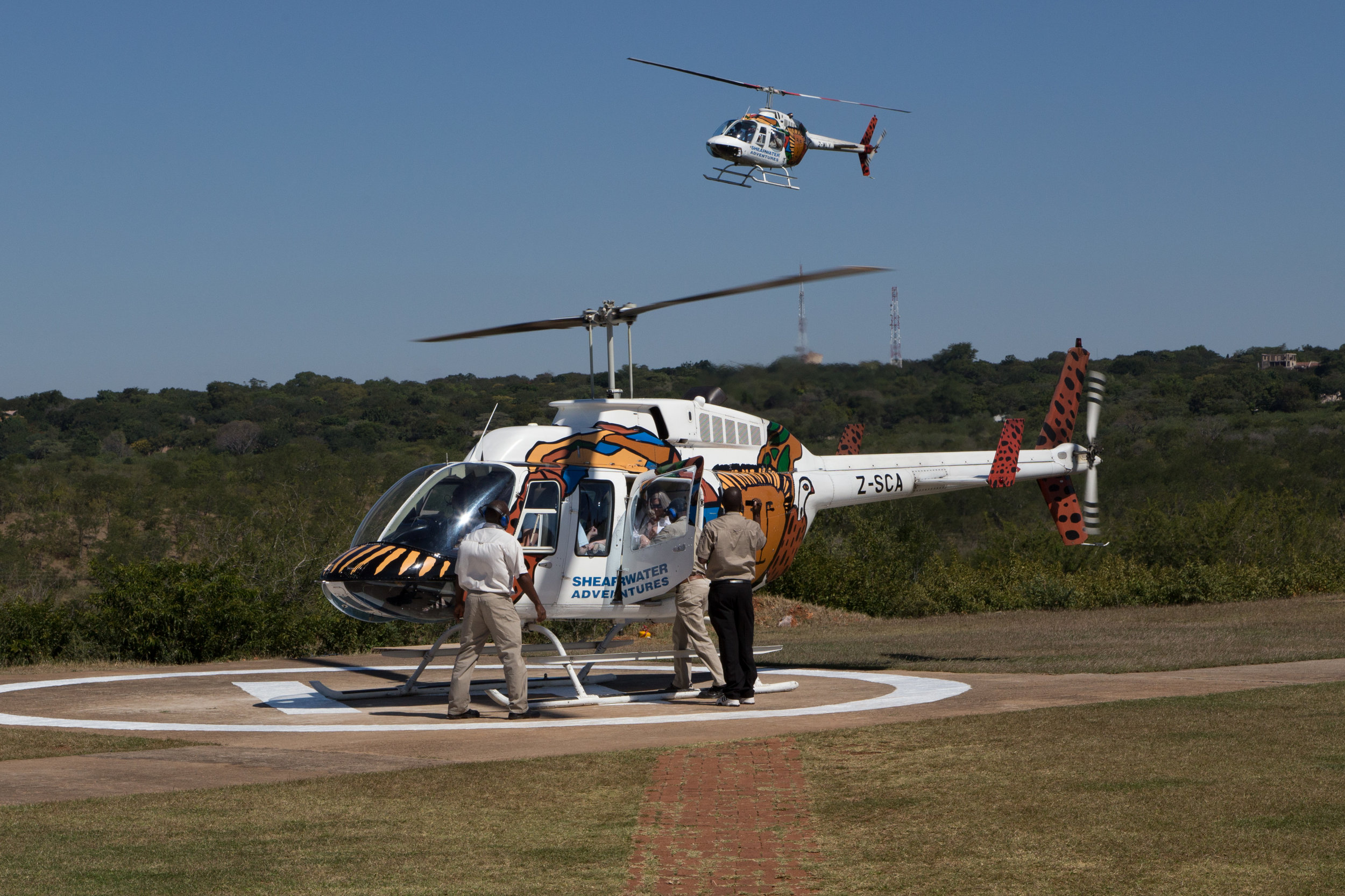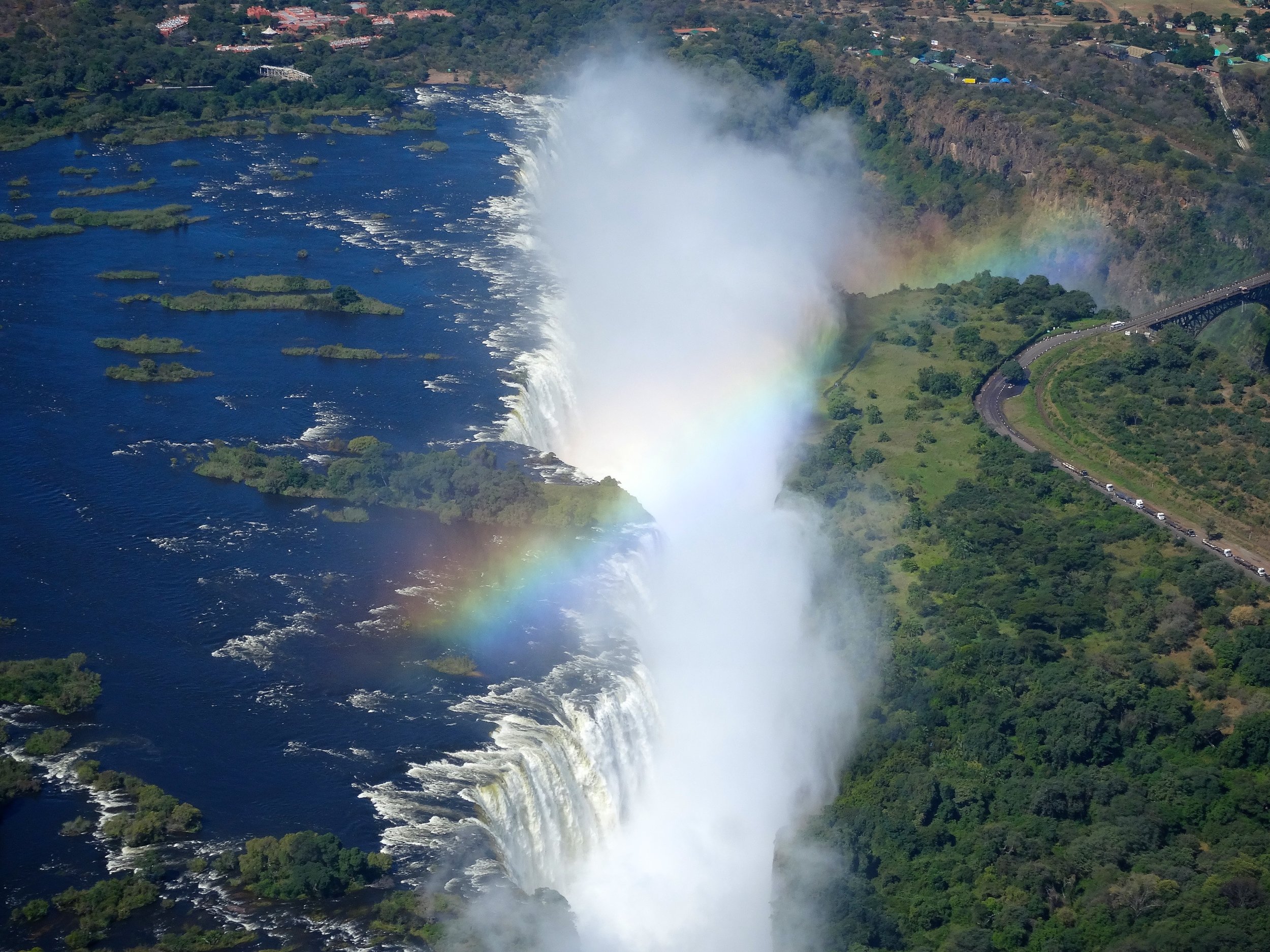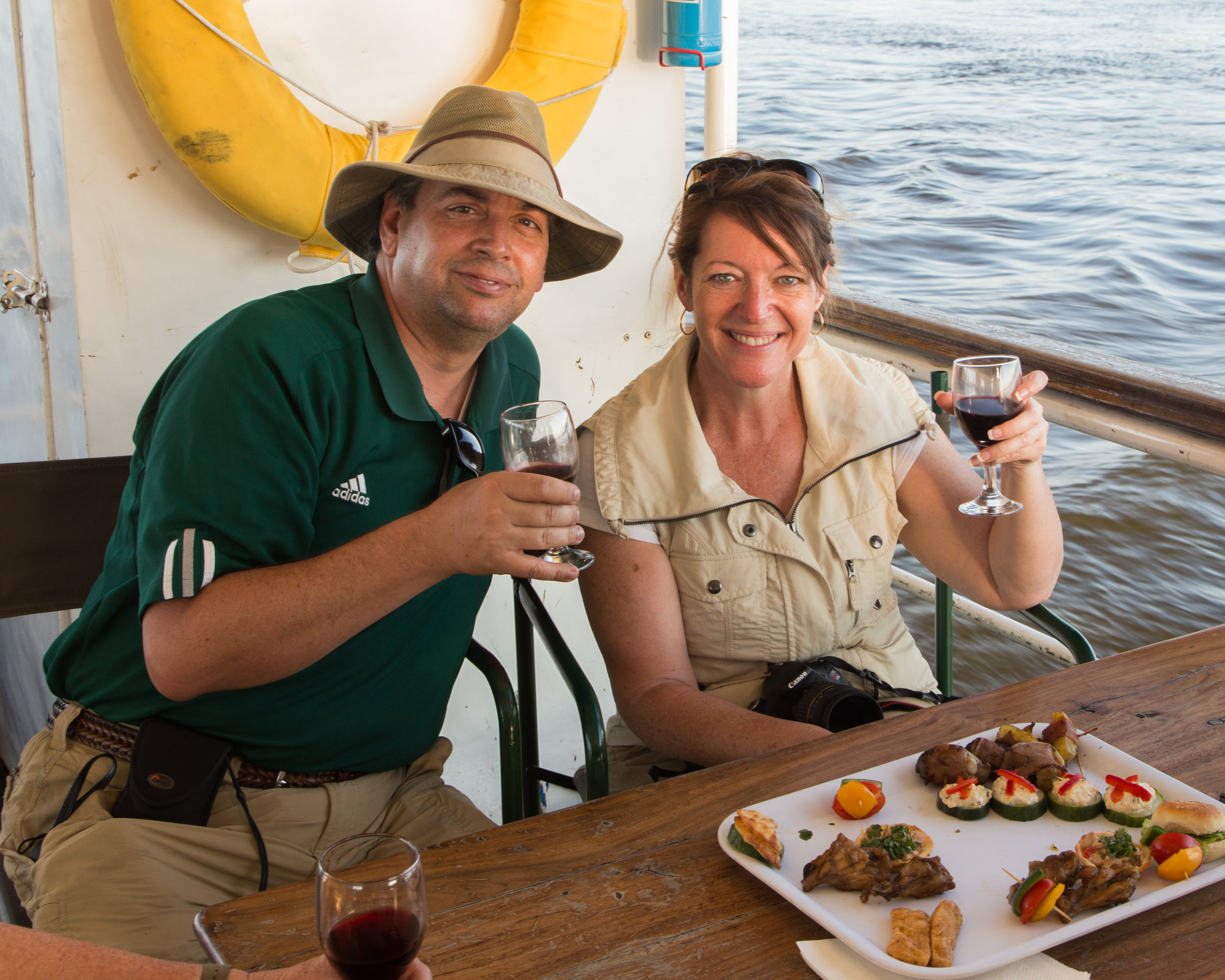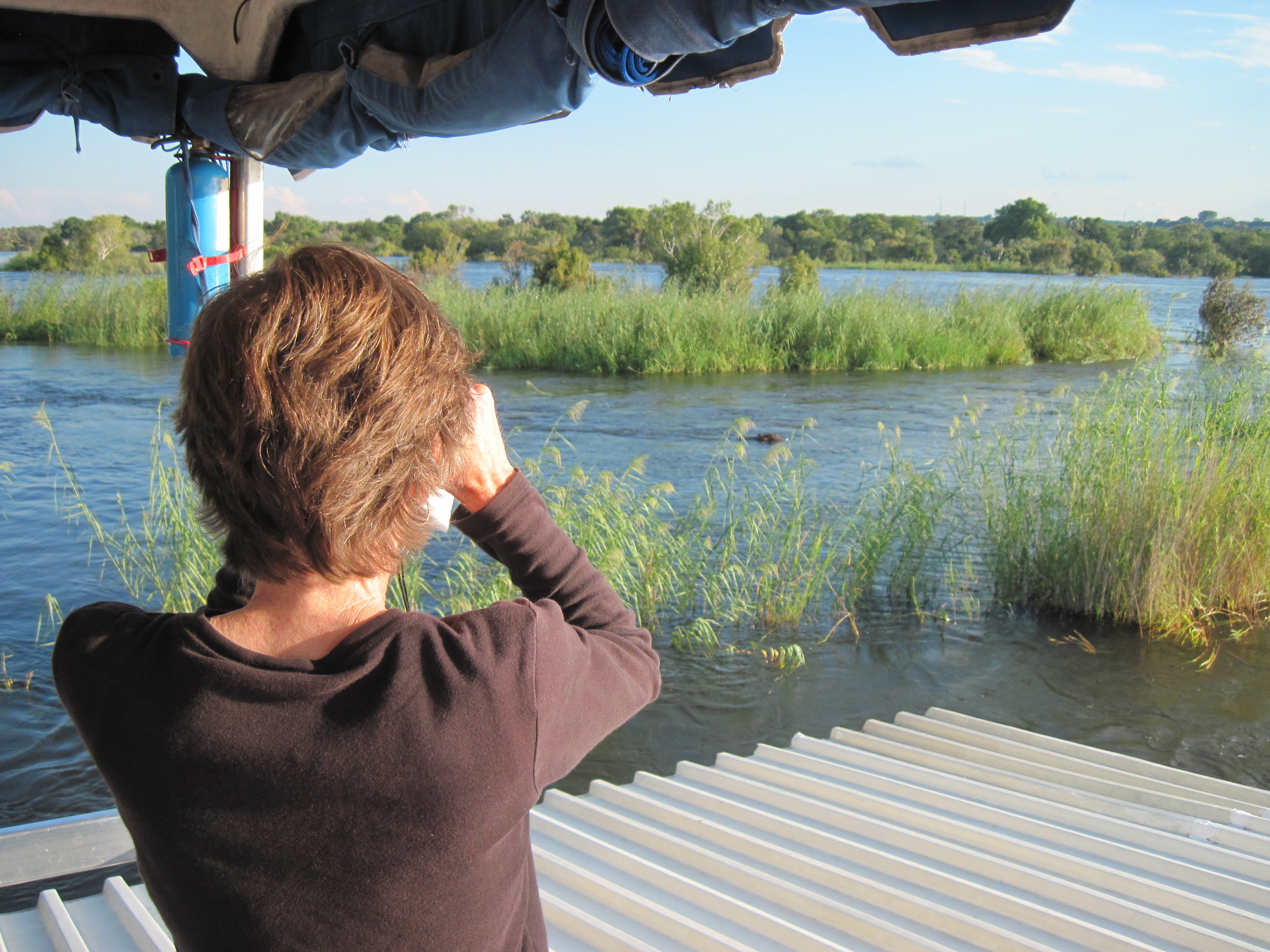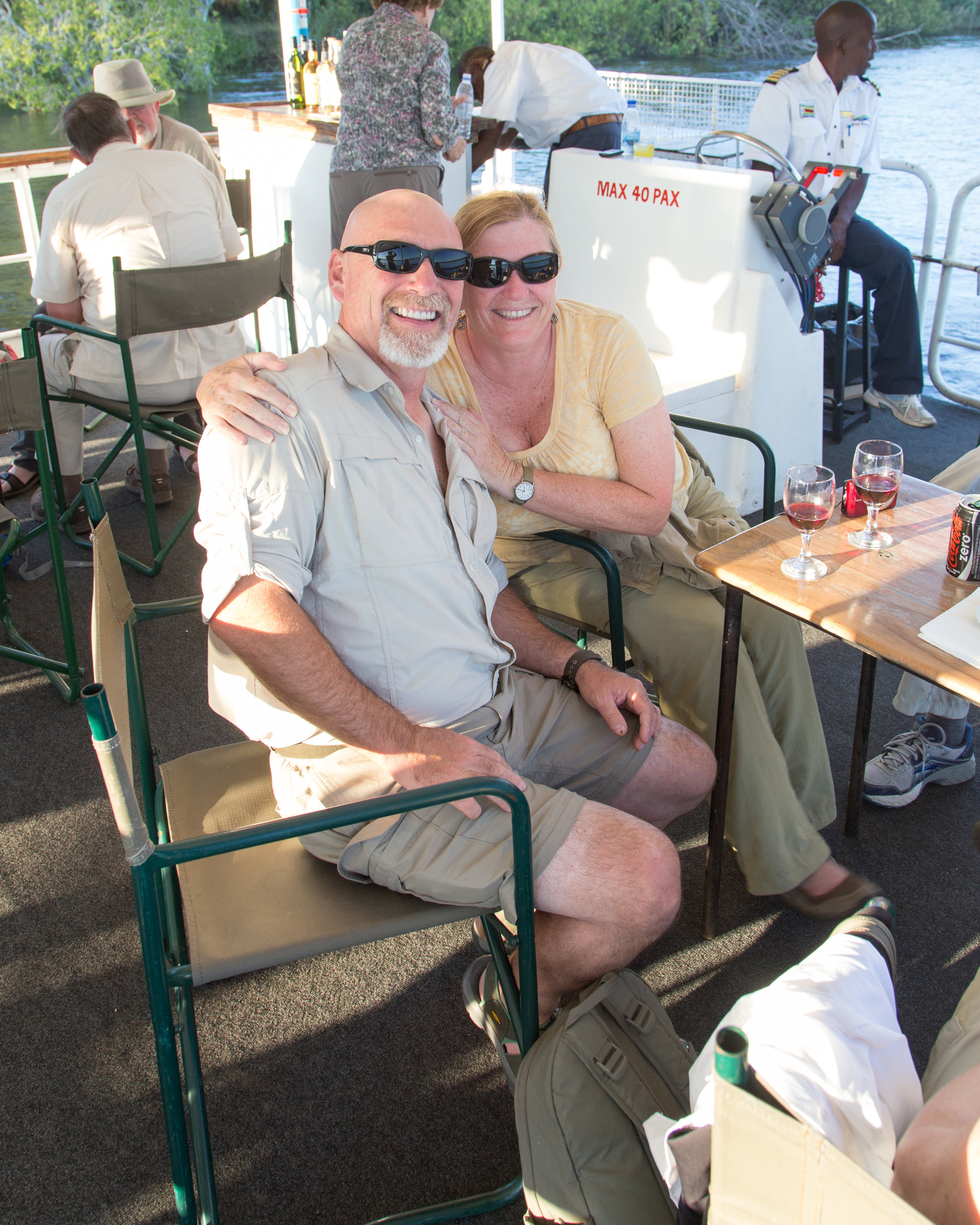Barcelona is an architect’s dream. Everywhere you turn you are confronted with buildings of creative and unique design. Although other architects helped design this beautiful city one man’s work clearly stands out: Antoni Gaudí.
Gaudí imagined architecture in a fascinating new way; as one with nature. He strived to design buildings that combined human needs with natural structures. For example, his Casa Batlló is an amalgamation of soft curving walls and bone like pillars that crawl up the façade. The exterior reminds one of coral and the combination of various blue tiles replicate the sea. The interior is no different. The ceilings are covered by glittering blue and silver tiles that give one the feeling of being underwater. Countless spirals embedded in the architecture represent the fluidity of nature opposed to the static nature of modern buildings. In the center of the building is a light shaft. It is covered in various hues of shiny blue tiles. For the upper floors which need less light the tiles are darker. Lower down they are lighter to reflect more light. The shaft also provided ventilation for the entire house. The amount of air is controlled by adjustable venting on each level. Gaudi was essentially “green” a century before being green became popular. Additionally, Gaudí took care for the visual harmony of the feature. He carefully chose which colors he places where so that the column looks the same shade as you peer up but as you walk up the stairs you notice the changing tones. My favorite level displayed windows overlooking the corridor with altered panes of glass. When looking through the warped glass the blue tiles give the impression of looking at the sea, as they seem to ripple like water.
Battlo exterior
Battlo light well
Another well known building, largely regarded as Gaudí’s unfinished masterpiece, is the Sagrada Familia – the church of the holy family. It is impossible not to be impressed by this structure. As one comes up from the metro and turns to see it towering above it leaves you breathless. There is absolutely nothing else like this in the world. The spires wind their way to the sky in knobby uneven columns. The church looks like something unearthed from beneath the sea, like a coral reef that was once alive but has now solidified under the pressure of the water. The details are as diverse as they are uncountable. It is no wonder Gaudí died before its completion. If the outside is magnificent the inside is even more spectacular. When you enter the church, it feels as if you are walking beneath a stone forest. The pillars built to support such a tall structure are cleverly designed to look like huge trees. The ceiling itself mimics the canopy of a forest. Various shades of stained glass allow light to filter in from all sides like light filtering through a forest. Everything Gaudi did was in service of creating a living breathing structure, and that he did. The building is still under construction, but officials say it will be completed by 2026, the 100 year anniversary of Gaudí’s death.
Sagrada Familia exterior
Sagrada Familia interior - like walking through a forest
Park Güell, Casa Vincens, and Casa Mila are other well-known Gaudí buildings. Each has its own unique design, but each shares his goal of integrating nature into the architecture. Whether it be flower decals on a ceiling or pillars that look like trees Gaudí proclaimed his vision. Each building is littered with spirals, curves, odd shaped roofs, rounded structures, reflective tiles, and designs of various sea creatures like trilobites or corals. I have never been so impressed by buildings before. No other architect has captured that quite like Gaudí. His genius and his vision gave the world a beautiful glimpse into the workings of his mind. When you are standing in Casa Batlló looking through that glass you truly believe you are looking at water rippling, now that is something amazing.
“looking through water” - Battlo
Imprint Tours has a Barcelona tour scheduled in late September. Join us and see for yourself.
“Swirl” motif - interior Battlo
Nature and sealife motifs in the decorative tiles - Battlo






